
‘The earliest recipe of the Bûche de Noël shows up in Pierre Lacam’s 1898 Le memorial historique et géographique de la pâtisserie. The earliest mention however is a couple of years earlier in Alfred Suzanne’s 1894 La cuisine anglaise et la pâtisserie where he notes in passing that it is (was?) the specialty of a certain Ozanne, presumably his friend Achille Ozanne (1846-1898). Of course we have no idea of what this looked like. An article in the French newspaper Figaro adds an interesting tidbit (see Pierre Leonforte, “La bûche de Noël : une histoire en dents de scie,” Figaro, 17 December 2000): according to Stéphane Bonnat, of chocolatier Félix Bonnat her great grandfather’s recipe collection from 1884 contains a recipe for a roll cake make with chocolate ganache. Admittedly she makes no claim to this being the first bûche de Noël.
‘One of the famous stories about this French dessert is associated with Napoleon Bonaparte of France. He issued a proclamation, as per which, the people of Paris were ordered to close the chimneys of their houses, during winters. It was thought that entry of cold air into the houses was causing spread of illnesses and the proclamation was aimed at prevention of such diseases. It was during this time that Buche de Noel or yule log cake was invented in Paris. As use of hearths was prohibited, they needed some sort of traditional symbol that can be enjoyed with family and friends during the festive season that falls in winter. Thus, this cake became a symbolic substitution around which the family could gather for storytelling and other holiday activities.
‘It makes sense that the cake, like so many other Christmas traditions (think Santa, decorated Christmas trees, Christmas cards, etc) dates to the Victorian era, to a time of genteel, bourgeois domesticity. In France, in particular, a certain romantic image of peasant traditions had become part of the story the French told themselves about themselves and while the average Parisian bourgeois could hardly be expected to hoist logs into their 4th floor apartment, they could at least show solidarity for their country cousins by picking up a more manageable bûche at the local pâtisserie. That the result was a little kitsch fit the middle class sensibility too.’ — collaged
________________
This year’s candidates
________________

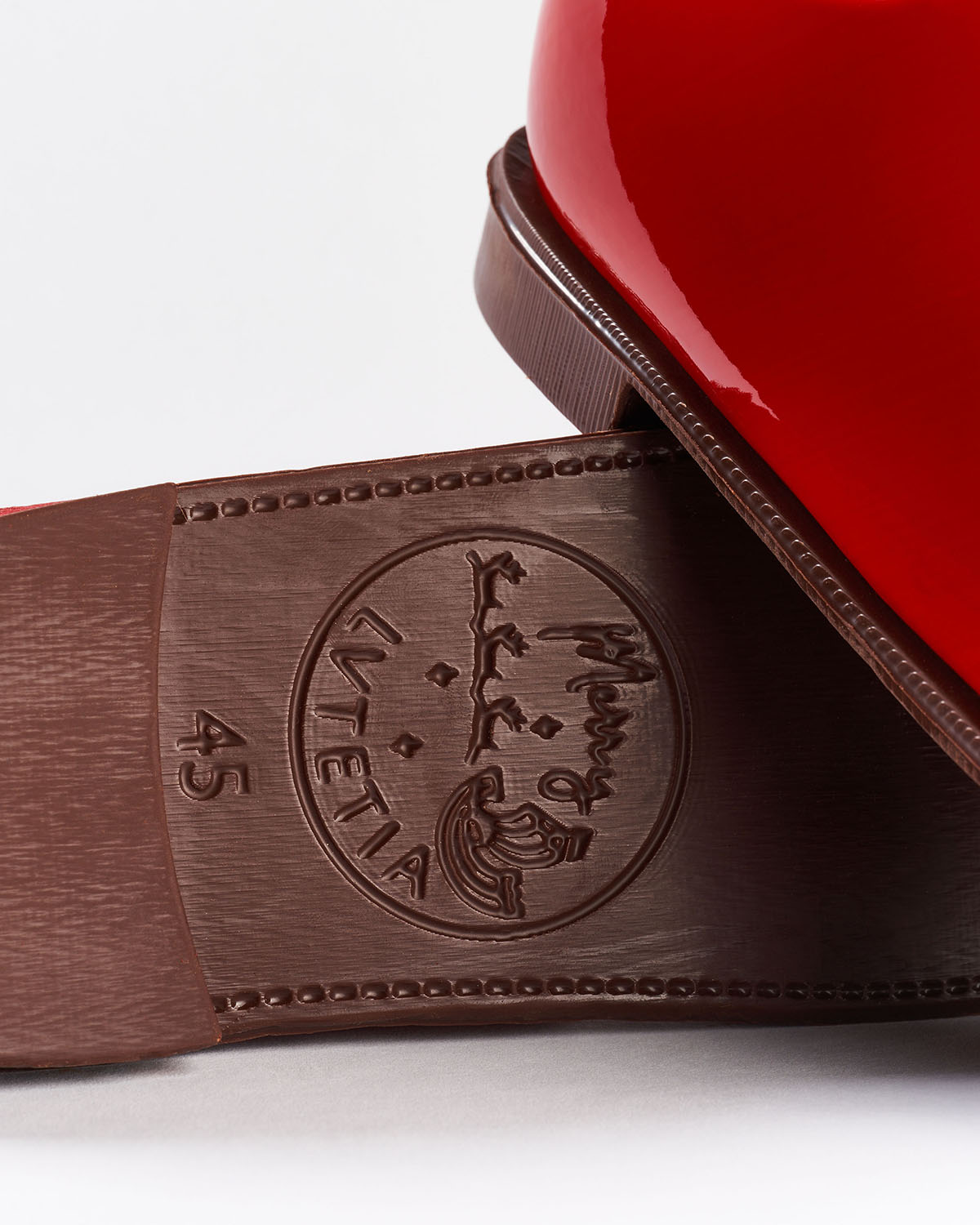
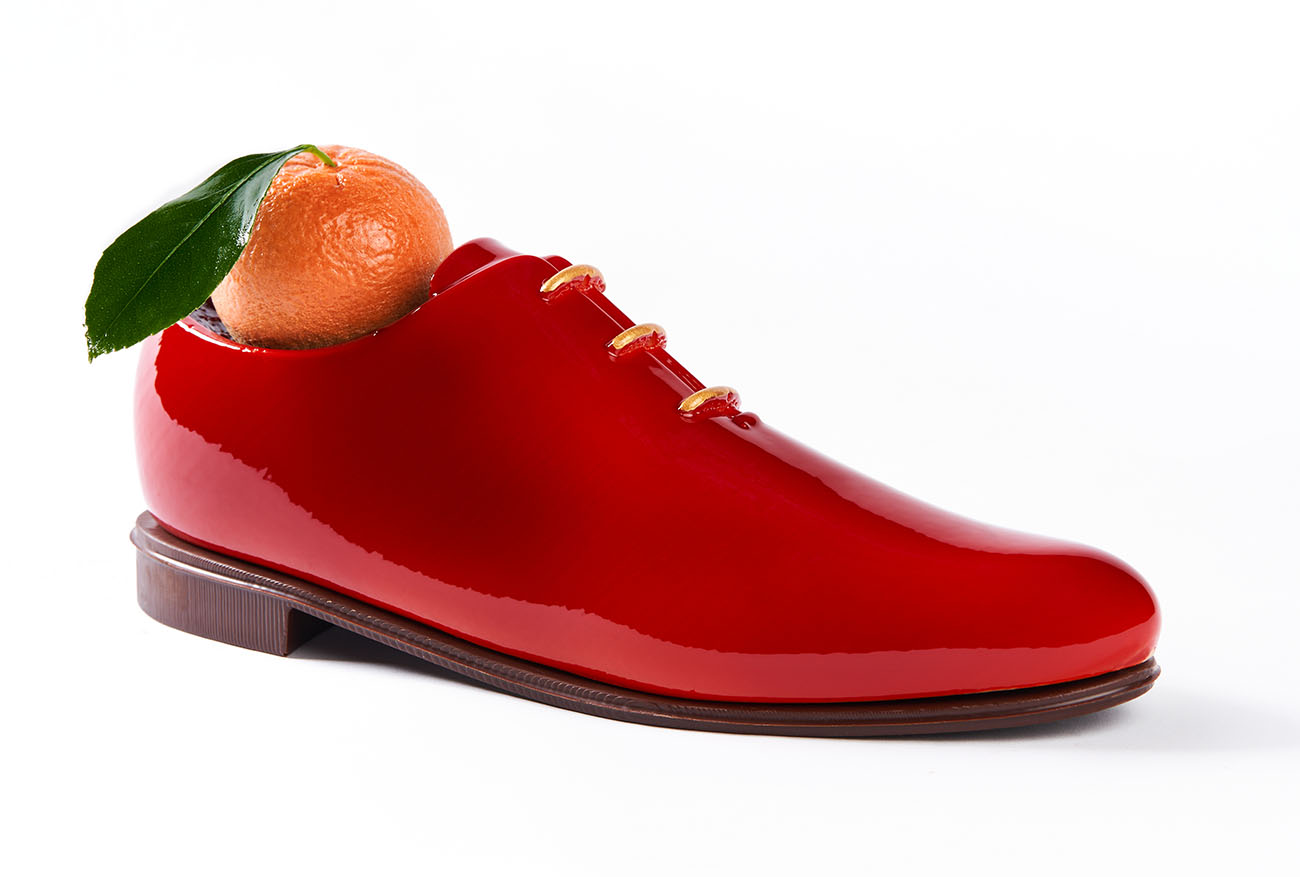
N’oublie pas mon petit soulier (Lutetia, Paris)
‘How about going for Lutetia Paris yule log for this Christmas 2021? This year, for this Christmas at the prestigious hotel, chef Nicolas Guercio came up with an original yule log called “N’oublie pas mon petit soulier”.
‘Of course, this name refers to the famous French song “Petit Papa Noël”. It is a nod at chef Nicolas Guercio’s childhood who got a mandarin left in his shoes on Christmas Eve. He wished to pay tribute to this family tradition by putting it in an elegant shoe.
‘This sublime yule log is not only beautiful to look at, it is also a feast for sore taste buds. It is based on light mandarin mousse encasing moist gluten-free chocolate cake and dark chocolate crunch. It also features delicious mandarin orange crème brûlée, 64% Valrhona dark chocolate mousse and mandarin jelly to perfect it all.’
DATES AND OPENING TIME
Starts 19 November 2021
LOCATION
Hôtel Le Lutetia
45 Boulevard Raspail
75006 Paris 6
PRICES
Bûche pour 6 personnes: €95
_________________


Luge de Noël (Hôtel de Crillon, Paris)
‘For this Christmas 2021, Hôtel de Crillon pastry chef Matthieu Carlin takes us down memory lane with a sleigh-shaped yule log. Like him, if Christmas makes you think about snowy slides and a crackling fire in the fireplace, you have landed at the right place.
The Hôtel de Crillon yule log is based on a dark chocolate structure, hazelnut dacquoise cake and roasted and salted Piedmont hazlenuts for the crunch, cottage cheese mousse for a soft and round texture, the whole tpped with yellow lemon marmalade and crémeux to make it fresh and sour. Some dulce de leche in the middle to complete the creation with an indulging touch. Incredible gustatory feelings ahead!’
DATES AND OPENING TIME
Starts 1 December 2021
LOCATION
Hôtel de Crillon
10 place Concorde
75008 Paris 8
PRICES
La bûche 6-8 pers.: €90
_______________
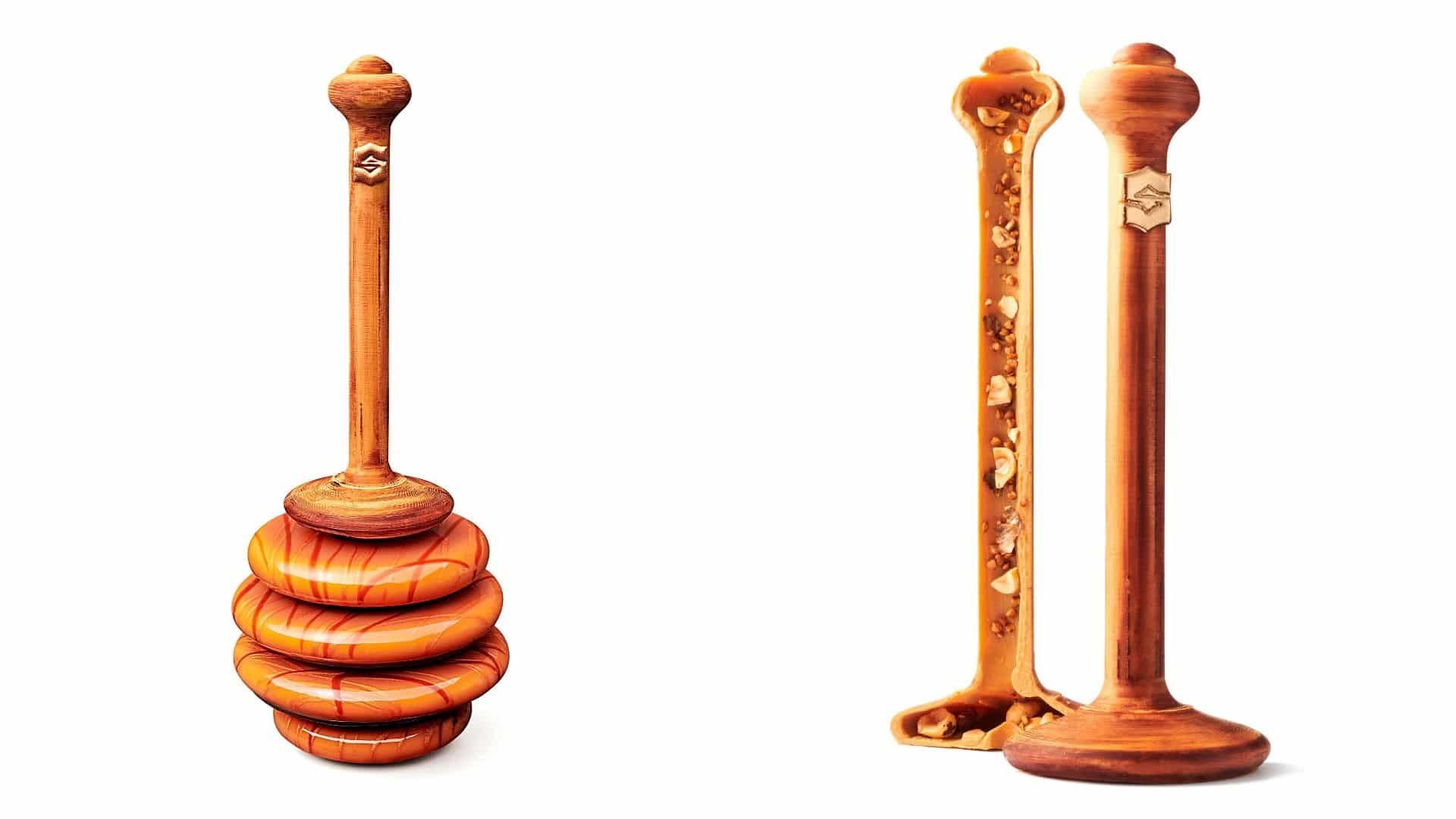


La Cuillère à Miel (Shangri-La Hotel, Paris)
‘Among the magnificent yule logs by palaces and major hotels, here is Maxence Barbot’s for Shangri-La Hotel Paris. For his second Christmas at the palace, the pastry chef has come up with a crazy creation yule log named “La Cuillère à Miel” [The Honey Spoon]. Why this name? Simply because the bee was the symbol of the Bonaparte family that used to own the place, like with the master of the place, Prince Roland Bonaparte.
‘What about flavors? Maxemnce Barbot shines a light on his Breton background and serves a yule log mixing honey and buckwheat. Therefore, the inside is filled with chopped raw hazelnuts and crunchy buckwheat. The glazing is made of dark chocolate and displays magnificent and sparkling curves. Each disc of the spoon is made of an entremets filled with layers of buckwheat honey mousse, Joconde cake sprinkled with Piedmont hazelnut and buchwkeat. Add to this a nice and fresh touch with candied yellow lemon, and this is heaven.
DATES AND OPENING TIME
From 1 December 2021 to 25 December 2021
PRICES
La Bûche 8/10 personnes: €108
RECOMMENDED AGE
For all
________________
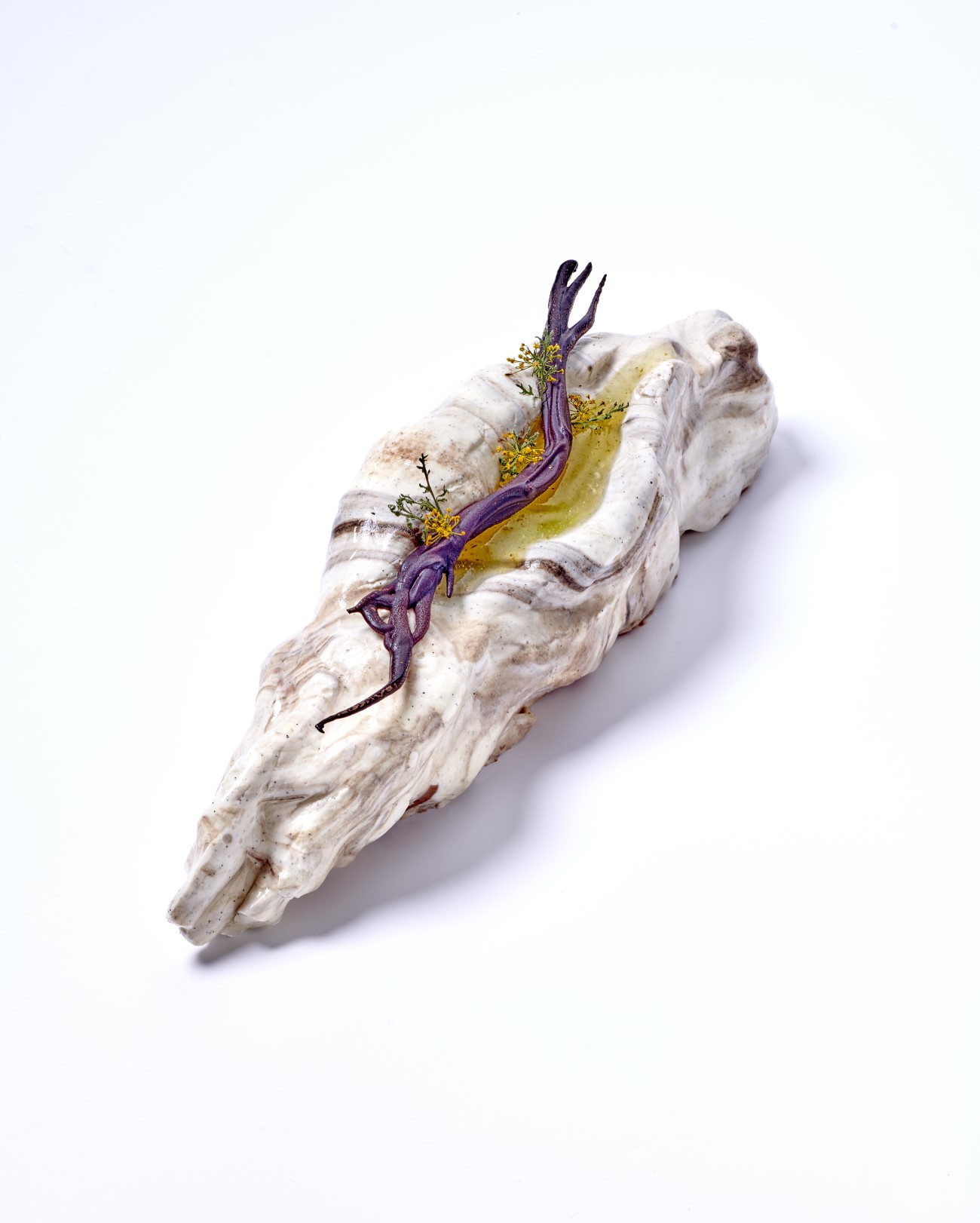
Naraé Kim Yule log (Park Hyatt Paris-Vendôme)
‘Inspired by the subtle blend of French classicism – Naraé Kim is a great lover of France. She has spent the vast majority of her career in France, and has notably cut her teeth at the Cheval Blanc hotel in Courchvel, among others – and the contemporary style that characterizes the prestigious establishment on the Place Vendôme, the young Chef has reinterpreted, in a sublime way, the traditional log in the shape of a wooden log.
‘Attached to the concepts of realism and minerality in pastry making, Naraé signs a slightly sweet creation that is just as balanced in the visual as in the flavors. The heart of the log is composed of a chocolate cookie, on which are placed a few candied amarena cherries coated with a light vanilla whipped cream. An ethereal dark chocolate mousse goes well with whipped cream, and the whole is placed on a spicy Christian with crispy speculos.
‘To perfect the illusion of reality, Naraé delicately drew on the cream icing the veins of a driftwood branch – forged by currents and tides – enriched with fresh foam made of chartreuse jelly infused with apple and with lemon, and young green shoots like a rebirth of nature.’
DATES AND OPENING TIME
From 14 December 2021 to 30 December 2021
LOCATION
Park Hyatt Paris-Vendôme
5 Rue de la Paix
75002 Paris
PRICES
80 euros for 6-8 people
________________

Christmas trunk Christmas Buche (DisfraZZes, Bordeaux)
‘For the purchase of this product made before 12/31. One size fits all mouths. Multicolored Christmas trunk Christmas yule log 25 cm. Catalan tradition of Christmas day which consists of putting the tió halfway in the hearth and it is ordered to “shit” by beating it with sticks and singing songs. Delicious, chocolate! Ideal for the Christmas party. Do you discover you will have a magic touch!’
DATES AND OPENING TIME
From 14 December 2021 to 31 December 2021
LOCATION
DisfraZZes
Bordeaux
PRICES
35 euros for 6-8 people
________________
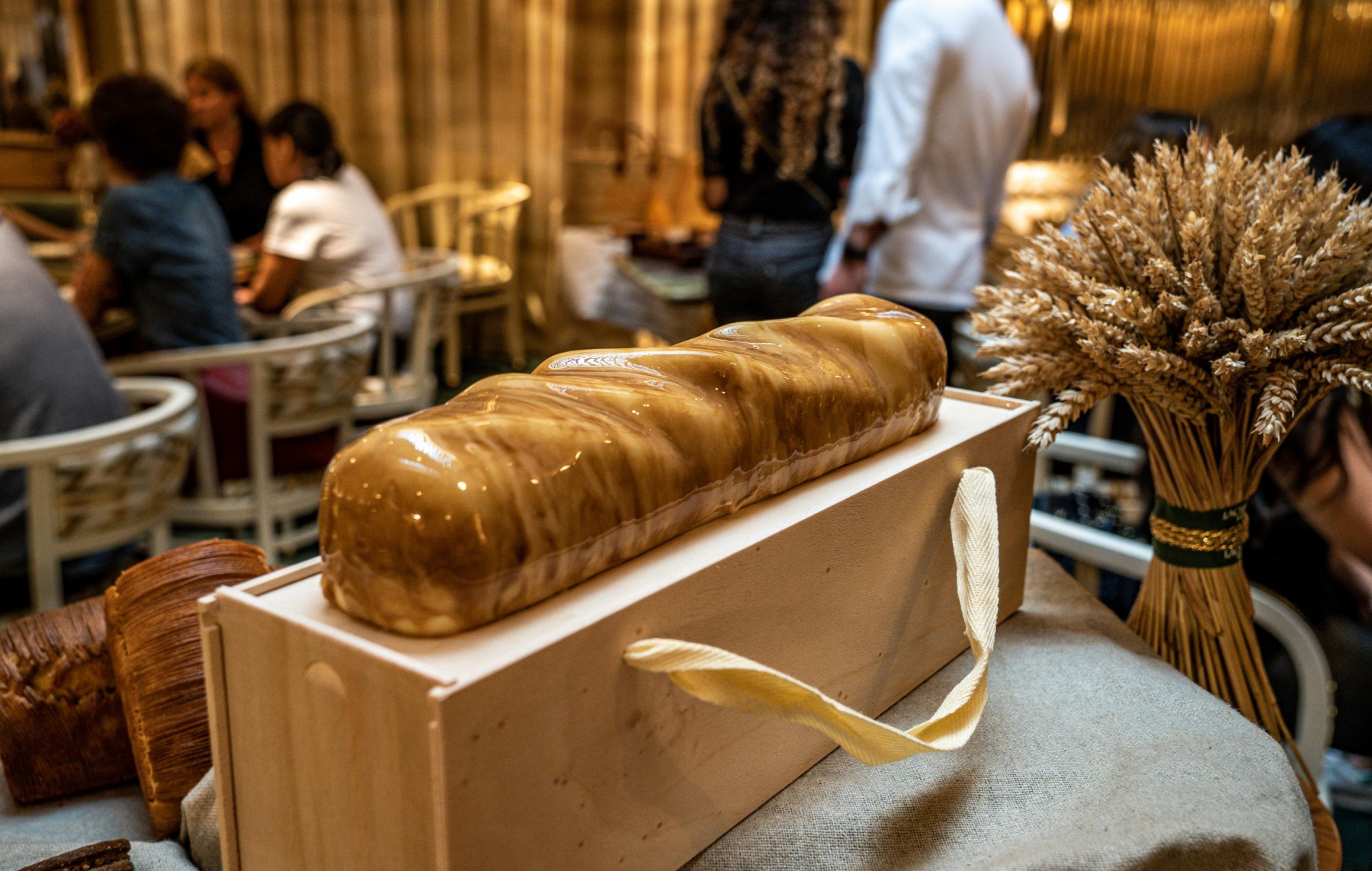
Epi d’hiver (La Scène, Paris)
‘Epi d’hiver – winter ear – this is the name of this atypical yule log giving pride of place to old wheats. It is based on caramelized crumble dough crunch made with Roland Feuillas’s flours, fluffy bread cake, natural rye yeast crémeux and toasted bread mousse. The yule log is then covered with a very thin layer of glaze to give it a nice and golden color.
‘“When I discovered the Khorasan wheat and its very indulging taste, it clicked, I needed to make a cake out of it. Very flavorful, this old wheat brings a lot of natural sweetness to the yule log”, Pierre Chirac states.
‘To keep this creation spotless, Stephanie Le Quellec and Pierre Chirac came up with a superb wooden box made of poplar and inspired by Roland Feuillas’s bread cellars: the yule log cellar!’
DATES AND OPENING TIME
From 1 October 2021 to 30 December 2021
LOCATION
La Scène
32 Avenue Matignon
75008 Paris 8
PRICES
Bûche signature: €95
________________


Totem (Benoit Castel, Paris)
‘For these Holidays, patissier-baker Benoit Castel plays the originality card again by presenting his Totem yule log, created in partnership with French design icon matali crasset.
‘Made by hand, this yule log cannot be more homemade. It is based on almond crunch paired with soft almond cake. Its core is made of almond and orange blossom crémeux, honey caramel insert and light cold-infused cream with cocoa bean peels, to cover it all.
‘Note 3 more delicious yule logs are available: chocolate, praline and exotic citrus fruits. Tasty handmade yule logs based on quality ingredients, well sources, and including Tonka bean and Madagascan vanilla, it is a big yes for us.’
DATES AND OPENING TIME
From 1 December 2021 to 31 December 2021
LOCATION
Benoit Castel
72 Rue Jean-Pierre Timbaud
75011 Paris 11
PRICES
Bûches classiques: €45
Pour 6-8 personnes: €50
___________________

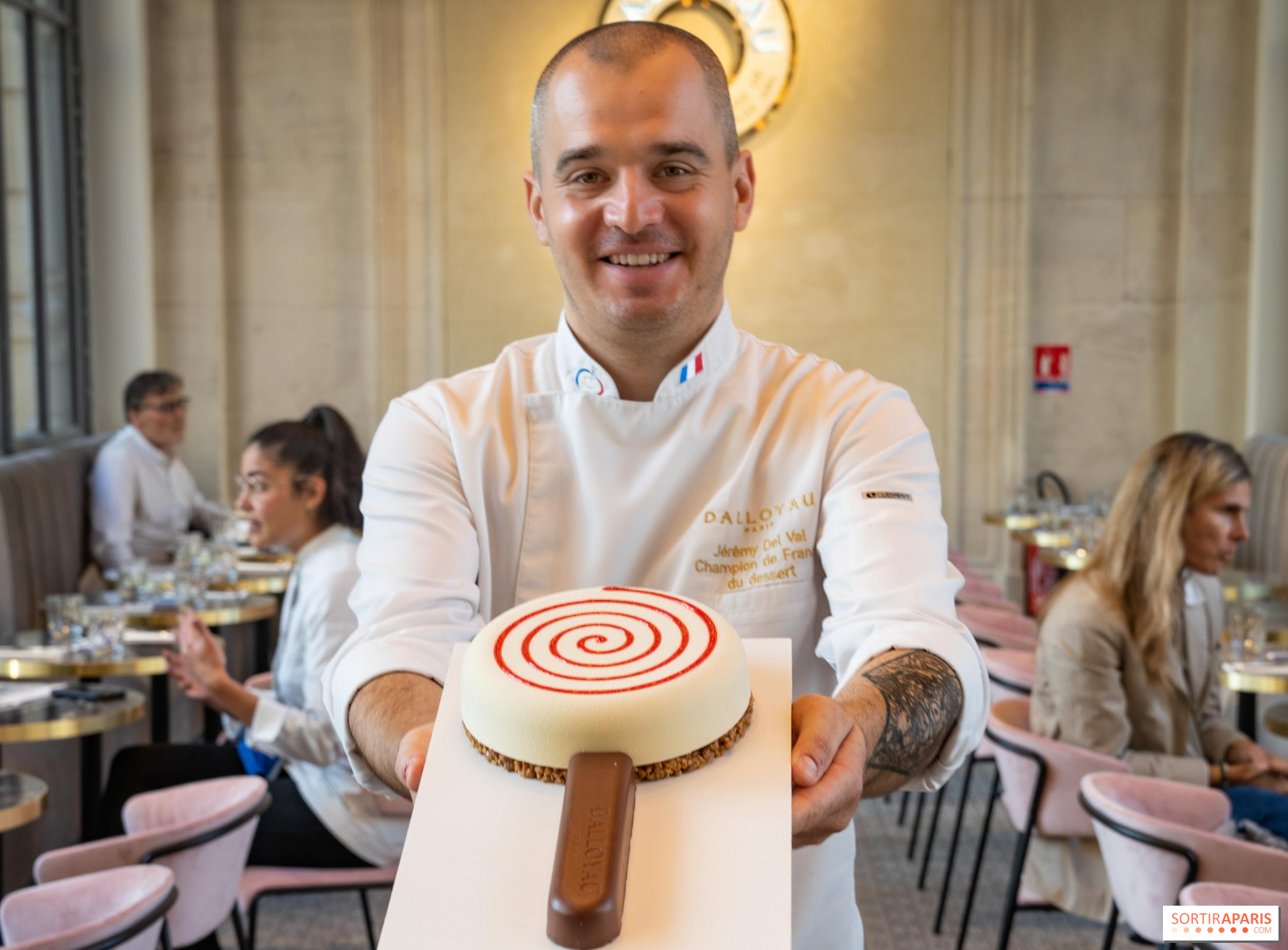
Bonbon Noël (Maison Dalloyau, Paris)
‘For his signature yule log, Jérémy Del Val offers us to travel back in time. Enjoy the Poire d’Amour! Looking like a funfair candy, this yule log is a mix of vanilla, caramel, pear and pecan. It is just crazy! We love the chocolate stick made of pecan praline that can be gladly enjoyed at the end of the meal.
‘Composition: double vanilla (Madagascar and Tahiti) mousse, caramel, pear compote flavored with Forest Pepper, soft pecan cake, pecan crunch, covered in thin white chocolate shell. The stick is to be enjoyed after the log, pecan praline, Breton shortbread covered in blond chocolate.’
DATES AND OPENING TIME
On 3 December 2021
LOCATION
Salon de thé Dalloyau
101, Rue du Faubourg Saint-Honoré
75008 Paris 8
PRICES
Bûche Pomme d’Amour pour 8: €89
__________________

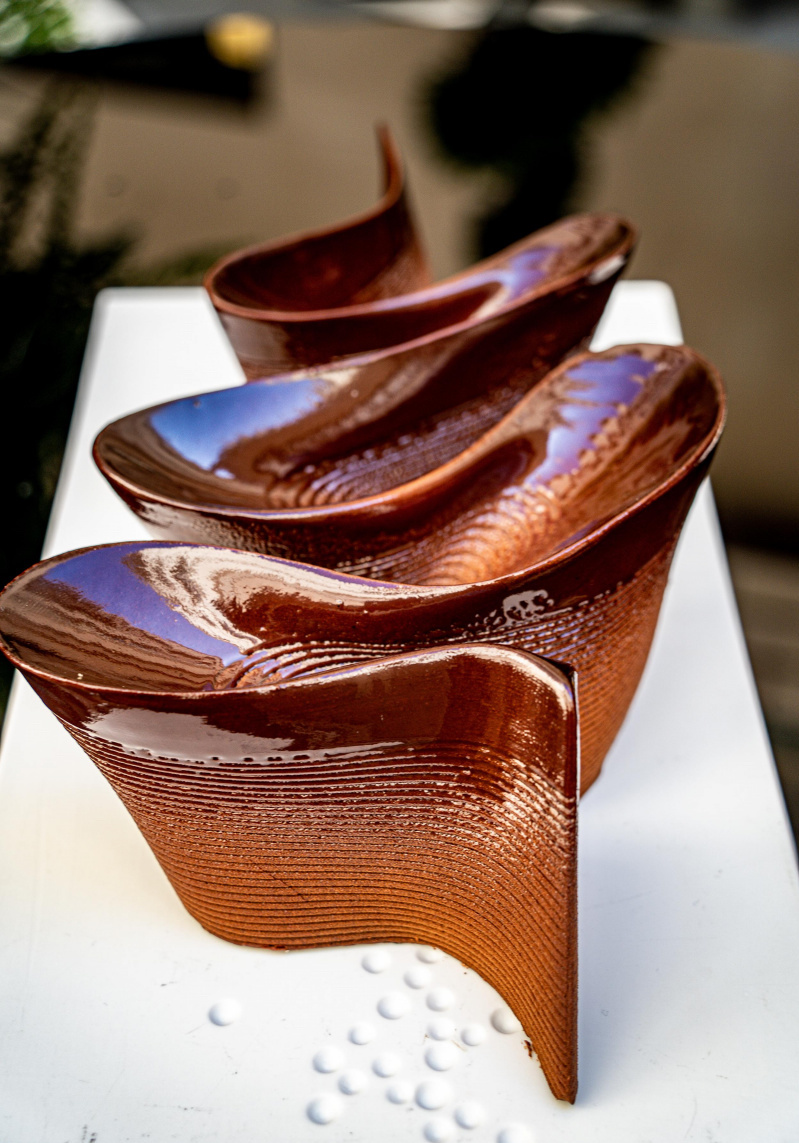
La Bûche de Noël 2021 (Four Seasons Hotel George V, Paris)
‘This year again, Four Seasons Hotel George V yule log 2021 by chef Michael Bartocetti is one of the most original yule logs in Paris. To book for Christmas eve dinner, it will undoubtedly cause a sensation on your table and in the mouth.
‘For the Holidays, the chef has been inspired by the graphic shapes of pastry pipping techniques. At first, it looks simple, as if pipped but you have to know this was a genuine creative challenge. To get this beautiful and graphic yule log, as elegant as clean, it was a truly thorough work.
‘Of course, it is not simply beautiful, it is also very tasty. Worried about shining a light on local producers, the chef has decided to work with cocoa roaster and chocolate-maker Nicolas Berger whose factory is set in Île-de-France to get the best of chocolates. The yule log is made of 5 layers each revealing a flavor or texture taking your taste buds to a universe both surprising and deliciously regressive.
‘Let us start with the first spoonful making us discover Gwell, this fermented Breton milk with sour and lactic flavors infused with Espelette pepper to shake things up. Then, we move to the smooth pecan and Sobacha (roasted buckwheat) praline for a grilled hint.
‘To intensify these flavors, a chocolate crunch with kasha, salt flake and fluffy buckwheat flour cake and cocoa brings some crunch. Add to this a 65% Peruvian dark chocolate mousse to bind all the flavors, with a bit of Espelette pepper in the chocolate ganache adorning the masterpiece with shiny and bright reflections.’
DATES AND OPENING TIME
From 1 December 2021 to 31 December 2021
LOCATION
Hôtel George V
31 Avenue George V
75008 Paris 8
PRICES
Bûche 10 personnes: €125
________________
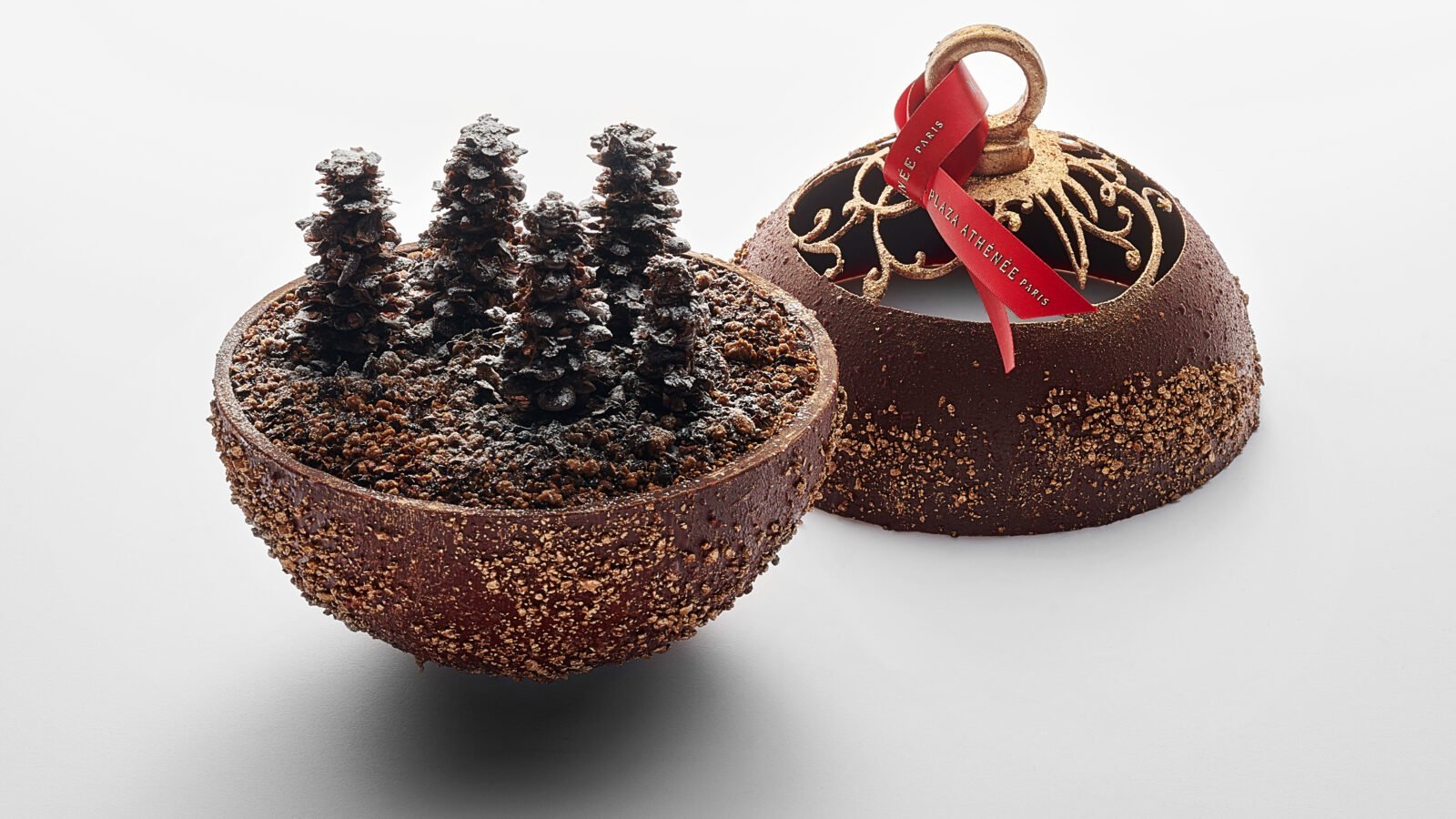

Festive (Plaza Athénée, Paris)
‘Through this lovely creation shaped like a big Christmas bulbs reveals a fir tree forest honoring cocoa. As a matter of fact, together, the chefs have decided to work cocoa as a whole, using everything that makes the cocoa pod: from the nibs (roasted and chopped cocoa bean) to the mucilage (the white pulp around the beans), to the cascara and the bean of course. Like a surprise to discover the yule log is to open from the top to discover the forest.
‘Inside hides a delicious chocolate cake twisted with musicale confit and served with a delicious old-fashioned Madagascan chocolate mousse. The crunch of praline is enhanced by the cocoa nibs to bring more texture and features to the dessert. A sweet touch is brought by homemade blond caramelized chocolate, very creamy, that immediately melts in the mouth. The whole is coated in a cloud of milk chocolate mousse infused with cascara (the envelop wrapped around the bean).
‘And to create a genuine moment of sharing and conviviality, “Festive” can be served by the spoon, like an indulging mousse or tiramisu. Here is a wonderful, indulging and light discovery, filled with flavors to beautifully end your Christmas meal.’
DATES AND OPENING TIME
From 6 December 2021 to 26 December 2021
LOCATION
Hôtel Plaza Athénée
25 avenue Montaigne
75008 Paris 8
PRICES
Bûche pour 6 personnes: €115
_________________
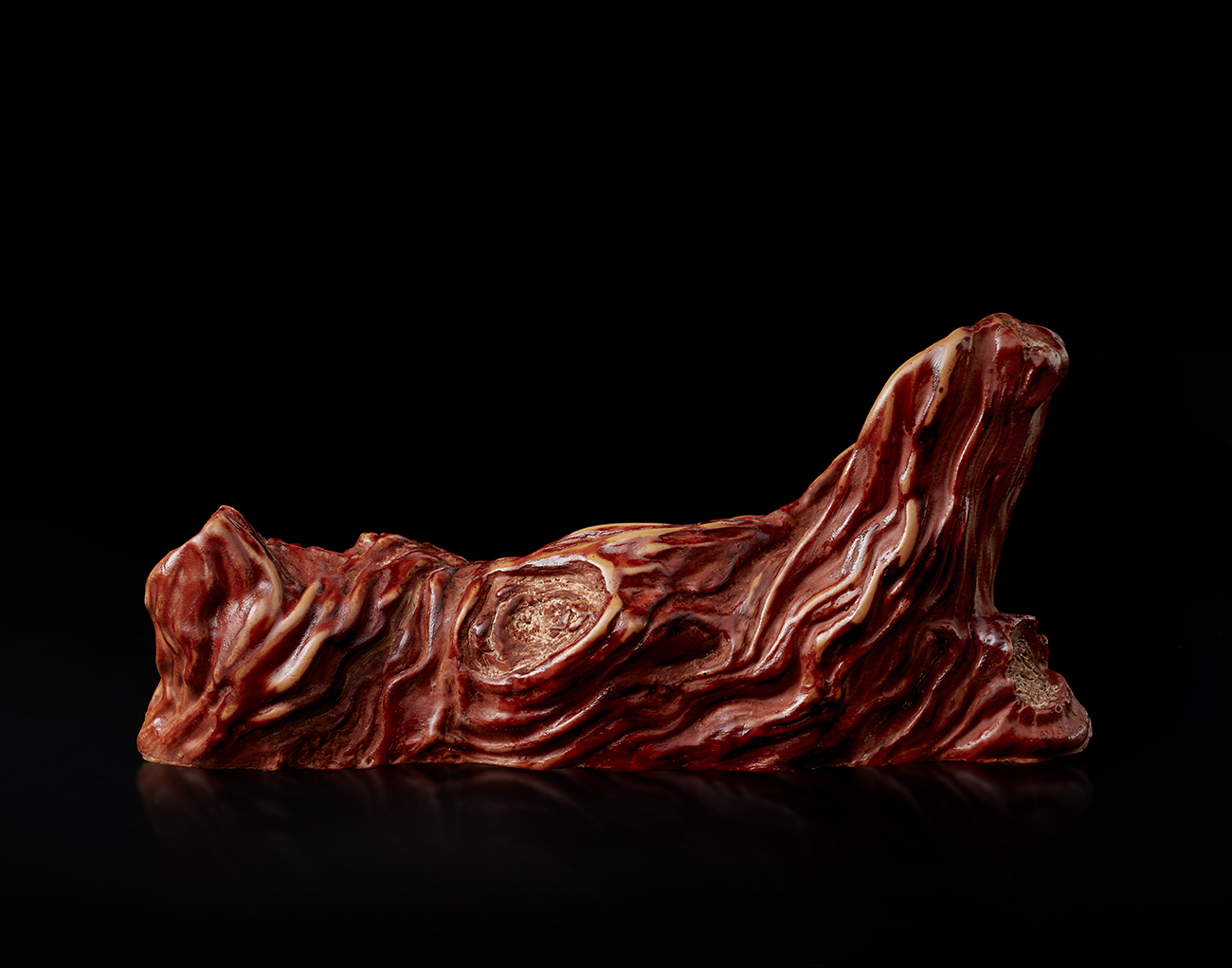
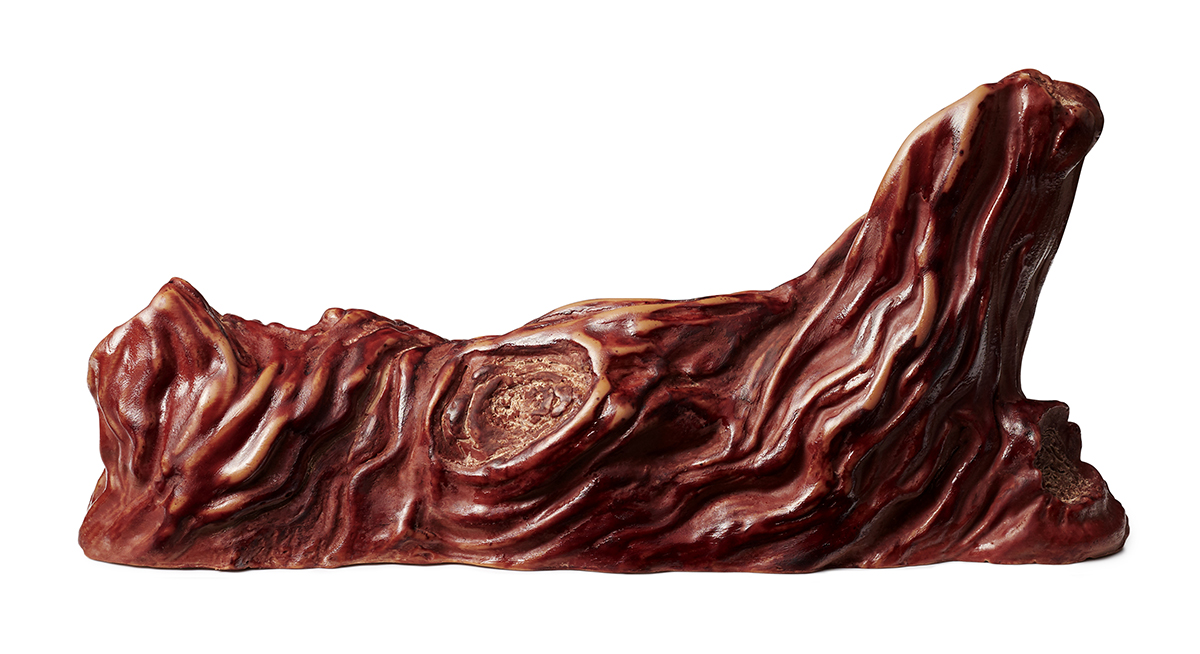
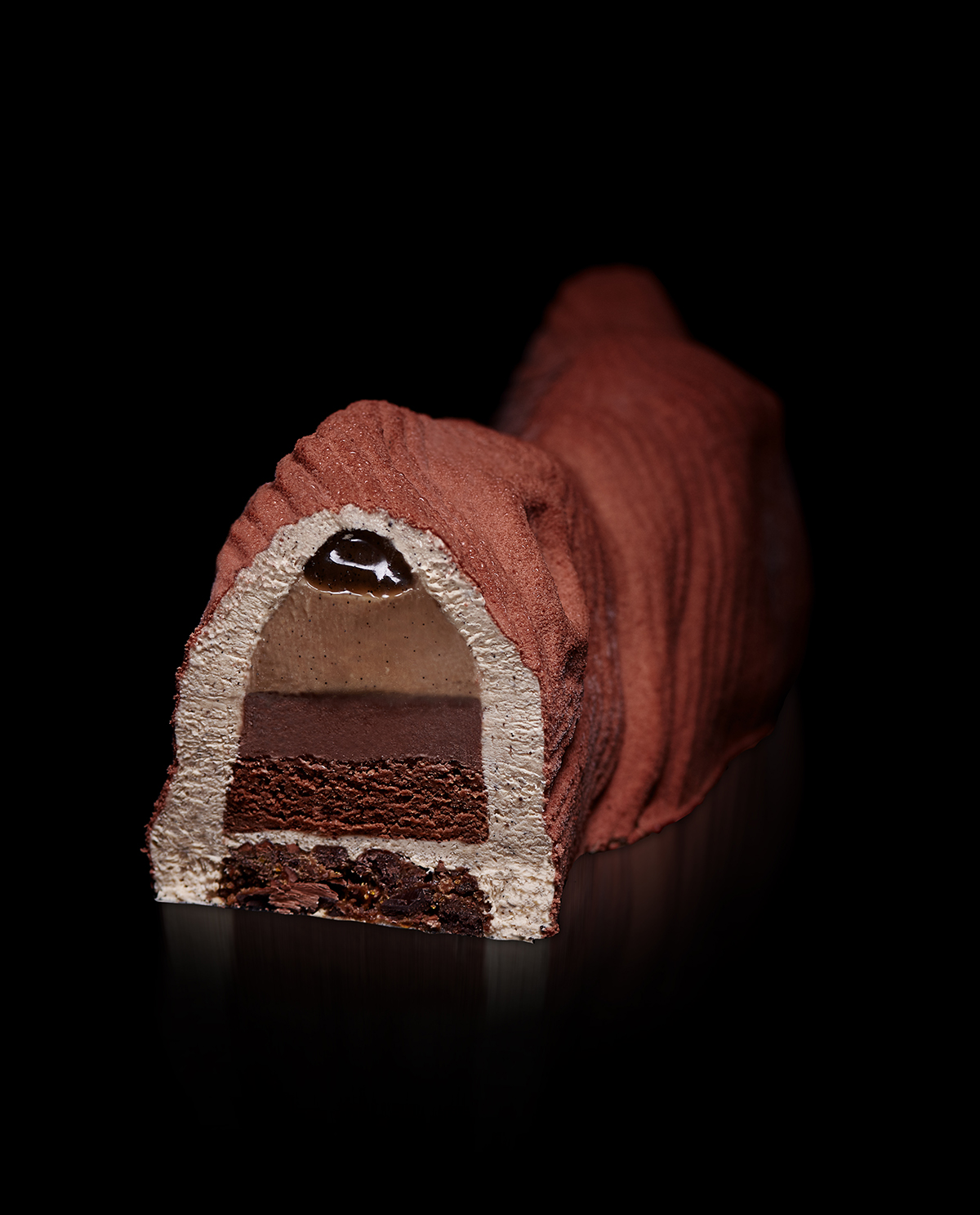
Racine (The Peninsula, Paris)
‘This year, Peninsula Paris pastry chef Anne Coruble and executive chef David Bizet unveil a surprise yule log honoring apple. As a nod to Normandy, where they both grew up.
‘Racine, so is the name of this exquisite yule log, shaped like an apple tree branch. For this yule log, both chefs intended to work with raw ingredients to remind – when tasting time has come – visual and olfactory memories of a wooden wilderness, recognizable to the apple trees in gardens and the fire crackling in the fireplace.
‘Under the sculpted chocolate shell hides an original entremets. You only have to lift the shell to discover the famous entremets based on roasted apple tree leaf infused vanilla ganache, raw milk and Madagascan chocolate crémeux smoked with apple tree wood, creamy apple caramel covering some crunchy cocoa cake.’
DATES AND OPENING TIME
From 1 December 2021 to 31 December 2021
LOCATION
The Peninsula Paris
19 Avenue Kléber
75116 Paris 16
PRICES
6 à 8 personnes en commande 72h avant min: €98
________________

Forêt Mont-Blanc (Maison Angelina, Paris)
‘If you like varying pleasures, then discover the new and very beautiful signature yule log by Maison Angelina for the Holidays 2021. Head to the Christmas forest with the “Forêt Mont-Blanc” yule log available in limited eidtion. Here is a flavorful mix of chestnut cream and pistachio. The core is made of crunchy meirngue, pistachio insert sprinkled with small meringues and Cape gooseberries. A treat for the eyes and taste buds likely to make children and adults melt with pleasure.’
DATES AND OPENING TIME
From 1 December 2021 to 26 December 2021
LOCATION
Angelina Rivoli
226 Rue de Rivoli
75001 Paris 1
PRICES
€59 for the “Bûche Mont-Blanc” serving 6 to 8 people.
________________
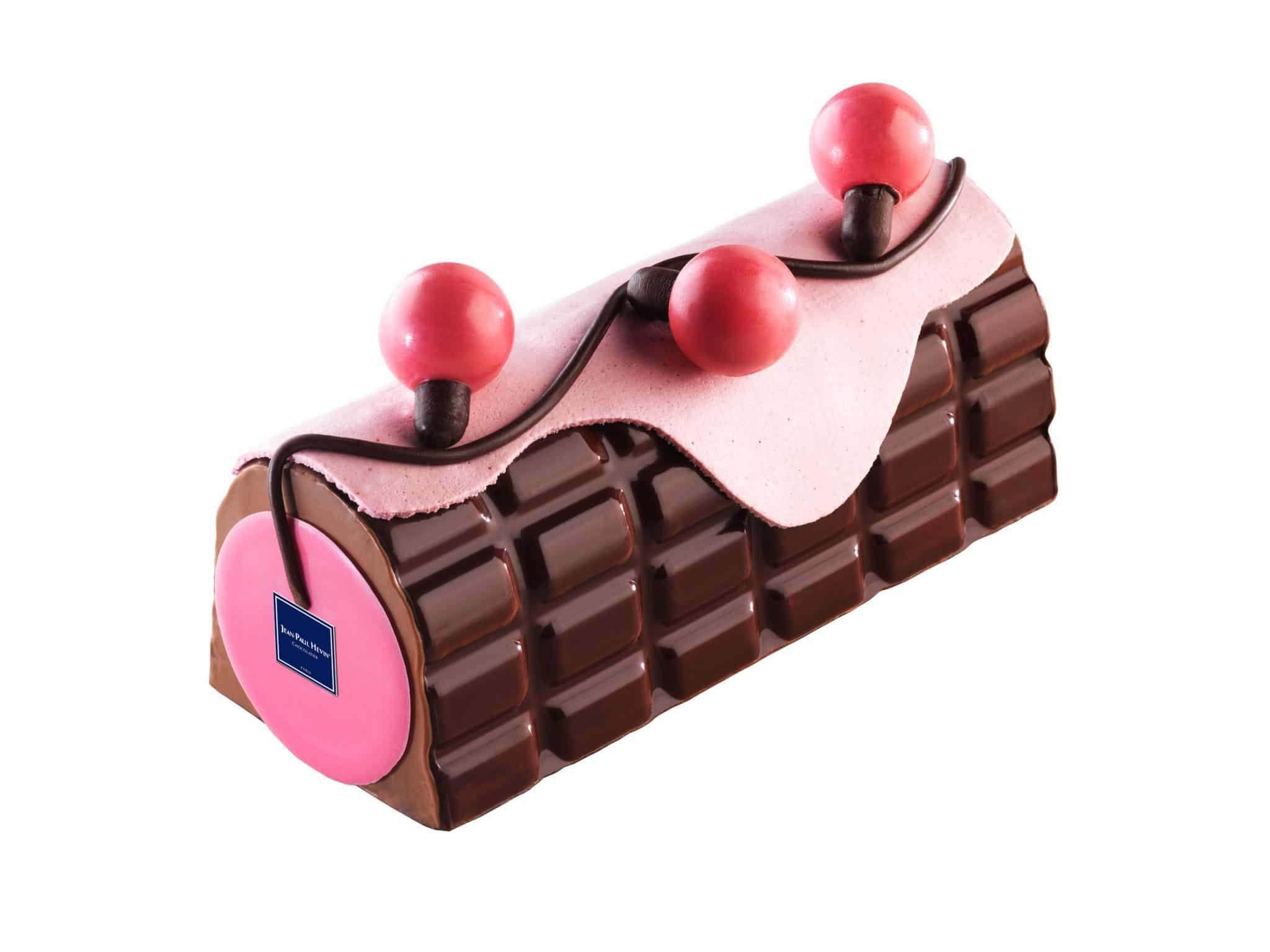
La vie en rose (Jean-Paul Hévin, Paris)
‘This lovely pinky log is based on flourless dark chocolate cake, caramelized pepper and vanilla crème brulée and Peru Grand Cru dark chocolate mousse.’
DATES AND OPENING TIME
Starts 1 December 2021
LOCATION
Boutique Jean-Paul Hévin
231, rue Saint-Honoré
75001 Paris 1
PRICE
€43 serves 6!
________________



Bûche de Noël 2021 (Trianon Palace, Versailles)
‘Trianon Palace Versailles pastry chef Eddie Benghanem has been delighting us with his Christmas creations for years. After a magnificent and delicious yule log hidden under a fantasy tree trunk, the chef had fun this year with this Christmas turkey!
‘He said, “this year, it is the turkey that cooks the Christmas dinner”. And there he goes, telling us another and fun Christmas story. Like a little sketch, the chef delivers a crazy composition, so crazy we do not know where to start. The turkey, standing on the casserole dish, with vegetables as sides, and a stove under the dish… This Christmas dessert by Eddie Benghanem is incredibly complete, which is the very basics for this generous pâtissier.
‘We are intrigued. Is the casserole dish the dessert? No, it is made of chocolate (edible, then), and fascintaing because of the reflections created thanks to the professional coating. But the yule log is not far. It is actually the stove, smaller, and hidden under the dish, but to present apart if you wish. This yule log, serving 6 to 8, is a pure invitation to regression with child-frienly ingredients.
‘”Chocolate mousse from one’s childhood” chocolate mousse, Tahitian and Bourbon vanilla cream, cake, praline hazelnut crunch, roasted flour to give body and intensity, “and that is all!”, the chef tells us. The secret to his praline? A long roasting time, at low temperature. And we are charmed! Each bite stops time and invites us to relax and enjoy!’
DATES AND OPENING TIME
From 1 December 2021 to 31 December 2021
LOCATION
Trianon Palace Versailles A Waldorf Astoria Hôtel
1 Boulevard de la Reine
78000 Versailles
_______________
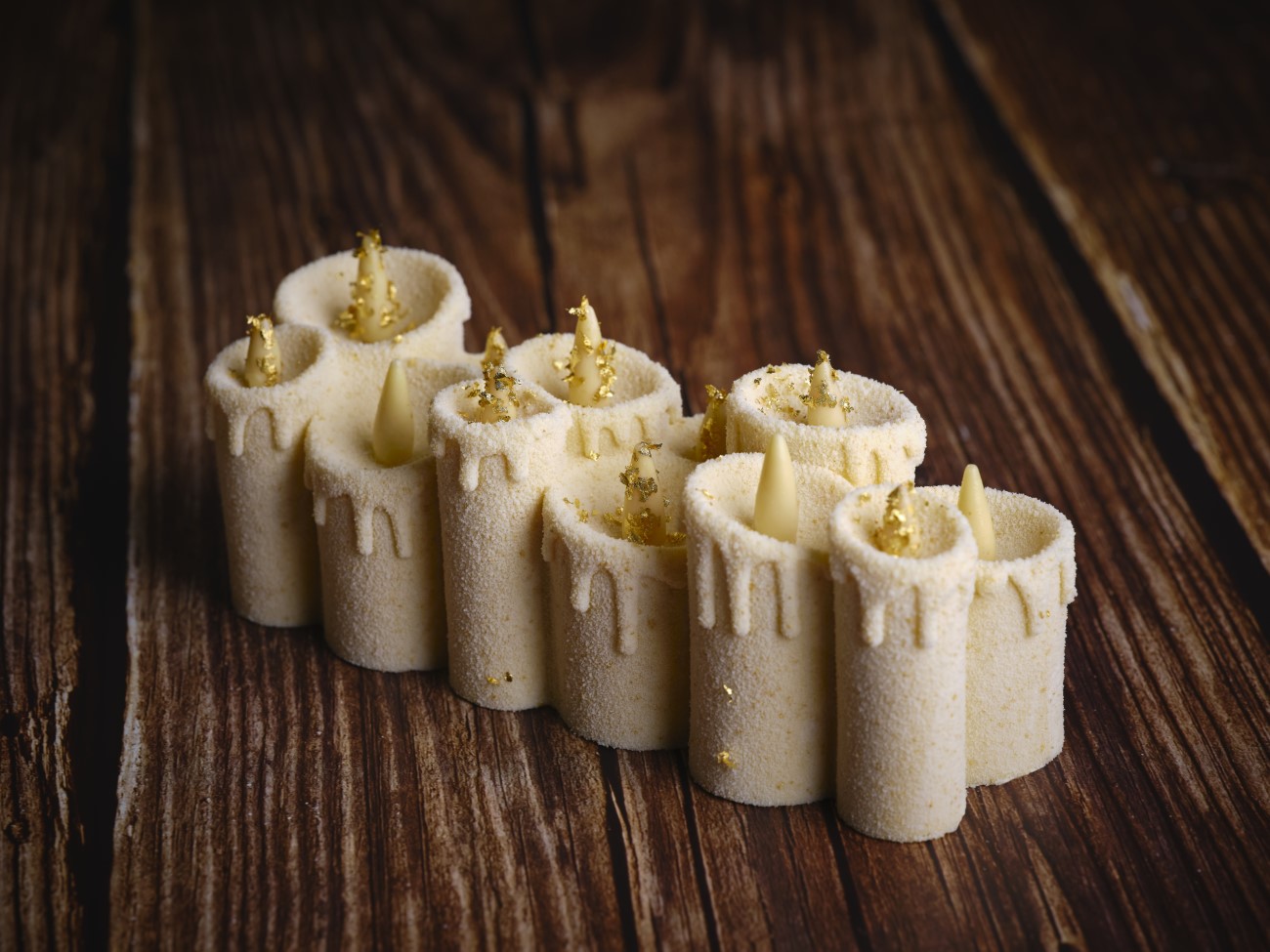
Bûche de Noël 2021 (Hotel Burgundy, Paris)
‘The yule log 2021 of the Hotel Burgundy is a wonder. Young chef Pierre-Jean Quinonero has outdone himself by delivering a yule log shaped like a candle and flavored with beewax. The young chef created the molds himself, designing an impressive candle holder. A massive piece of work that makes the chef very proud, showing the image he wants to give to the restaurant’s desserts. All the more so as flavors are here for this yule log!
‘Like Pascal Hainigue before him, his yule log pays tribute to bees. A delicate tribute since the chef worked with beewax in his preparations, delivering sweet and floral flavors to the yue log. The cake is an uncommon trompe l’oeil making us like by the fireplace. Topping hazelnut cake with hazelnut praline shavings, enjoy beewas mousse, wax-vanilla cream infusion and clementine marmalade for a fresh hint, very balanced.
‘The idea for this yule log is to serve a candle to each guest, namely a total of 10. Very clever, Pierre-Jean came up with candles of different sizes to serve guests a slice depending on their appetite. Although the yule log is very indulging in the mouth, it is very morish! One loves how soft and sweet the cake is, and it is so comforting. If you feel tempted, you can have a taste in individual size before ordering it!’
DATES AND OPENING TIME
From 15 December 2021 to 26 December 2021
LOCATION
Le Burgundy
8 Rue Duphot
75001 Paris 1
PRICES
Part individuelle: €12
________________
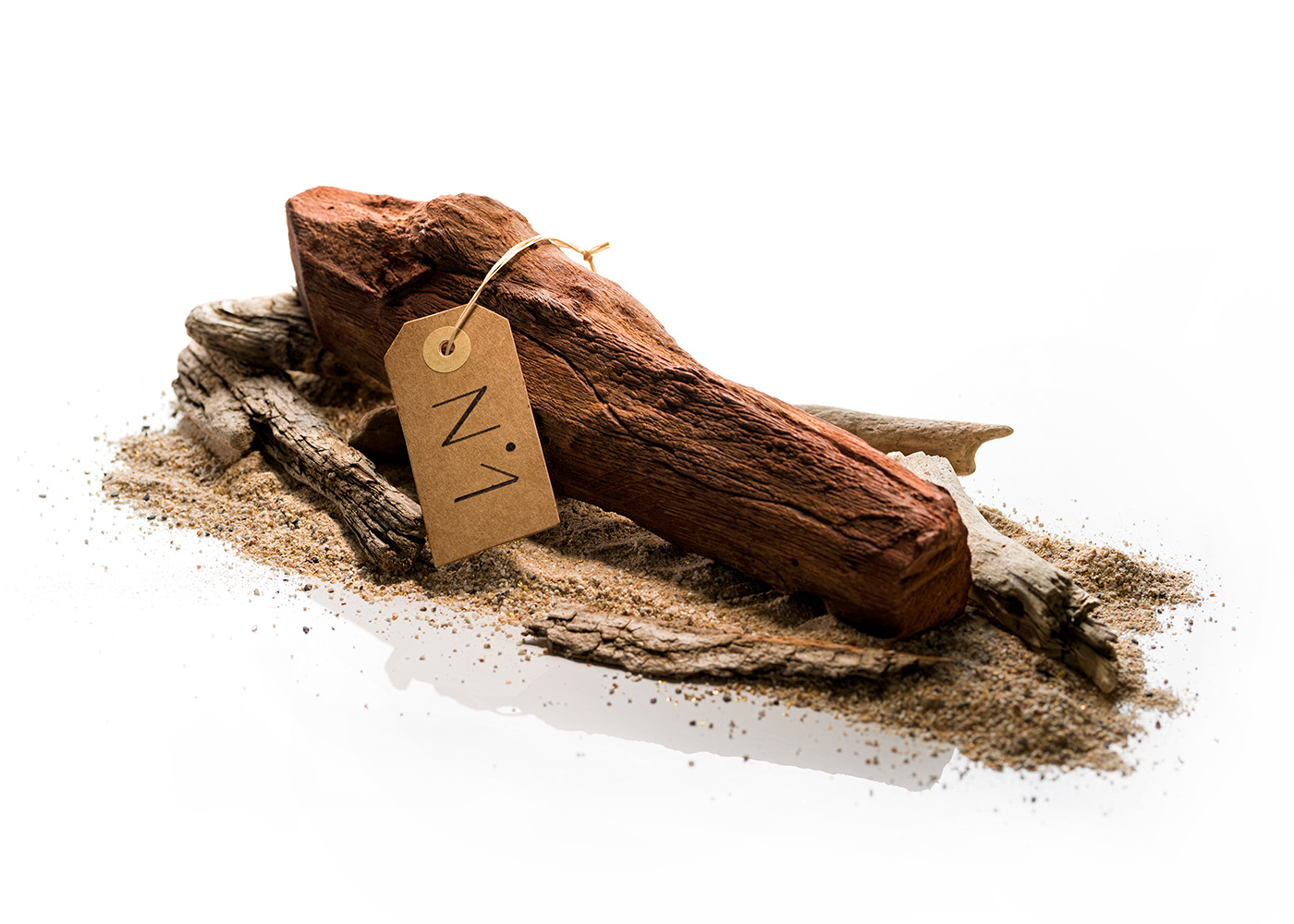
Bois d’Atlantique (The Royal Monceau-Raffles, Paris)
‘Bois d’Atlantique, so is the name of his signature yule log inspired by driftwood. Quentin Lechat delivers a yule log based on soft and fresh flavors, a genuine ode to his native Brittany and Christmas nights with his family. Note this yule log is made by hand. This is why each sample will be numbered because there will be no identical cake.
‘”I traditionally celebrate Christmas in Brittany, by the fire. The morning, before starting a day of feast, I go for a run on the beach or I surf. At this time of the year, there is many pieces of driftwood. This is what inspired this Christmas cake shaped like a piece of driftwood called ‘Bois d’Atlantique'”, the chef states.
‘What is inside this yule log? Chestnut and lemon! Imagine this mix made of a delicious chestnut mousse and delicate Tahitian vanilla whipped ganache, with a delicious smooth core made of chestnut cream. This visual and gustatory contrast is enhanced with a thin layer of candied lemon caviar for a fresh and fizzy note. This delicate dessert also includes pieces of driftwood made of chocolate mendiants for an extended delight for coffee time!
DATES AND OPENING TIME
From 20 November 2021 to 31 December 2021
LOCATION
Le Royal Monceau Raffles Paris
37 Avenue Hoche
75008 Paris 8
PRICE
€250
_________________


Trompe-l’oeil Hive Frame (Hotel Prince de Galles, Paris)
‘Foodies in town already are familiar with Tristan Rousselot, the very talented pastry chef of the Parisian palace. They are aware that every year, they shall expect the unexpected! This is how Tristan Rousselot delivers a trompe-l’oeil yule log, a hive frame displaying mouthwatering honeycombs. From the outside, the illusion is perfect. But this is also a marvelous gustatory experience if you feel like eating this creation.
‘Picture this: almond and praline crunch, Trocadero honey cake, propolis cremeux, vegetal resin and wax made by bees, as well as vanilla and lemongrass mousse. If you thought this honey-inspired yule log is very sweet, you are wrong! This creation is perfectly balanced and invite you to enjoy never-before-seen pairings all with lightness and freshness! Perfect to close a hearty Christmas meal. The yule log is available in limited edition, to order and also available by the slice for €20 at the 19.20 bar.’
DATES AND OPENING TIME
From 18 December 2021 to 3 January 2022
LOCATION
Hôtel Prince de Galles
33 Avenue George V
75008 Paris 8
PRICES
Bûche Alvéole 6-8 personnes: €95
_________________
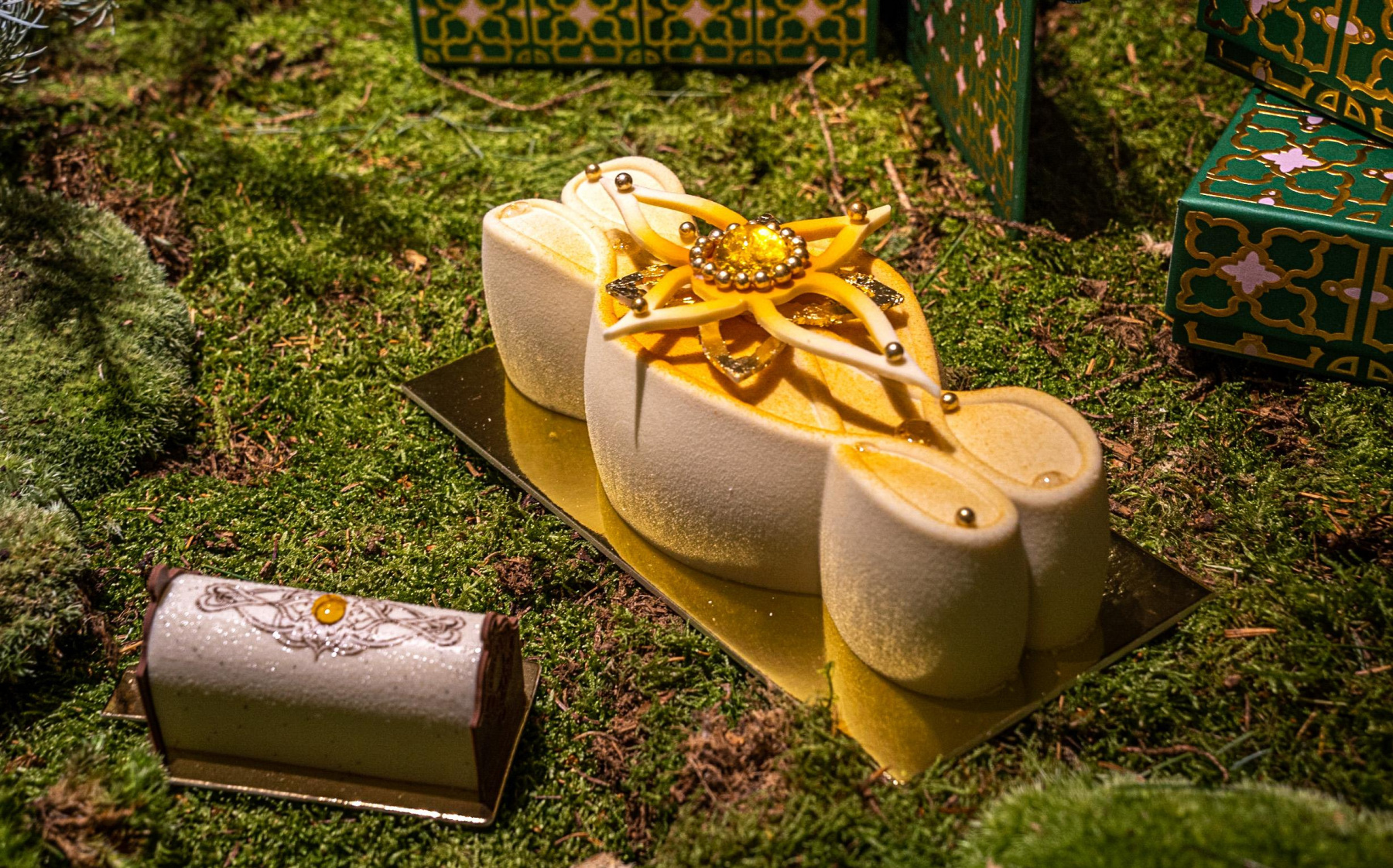
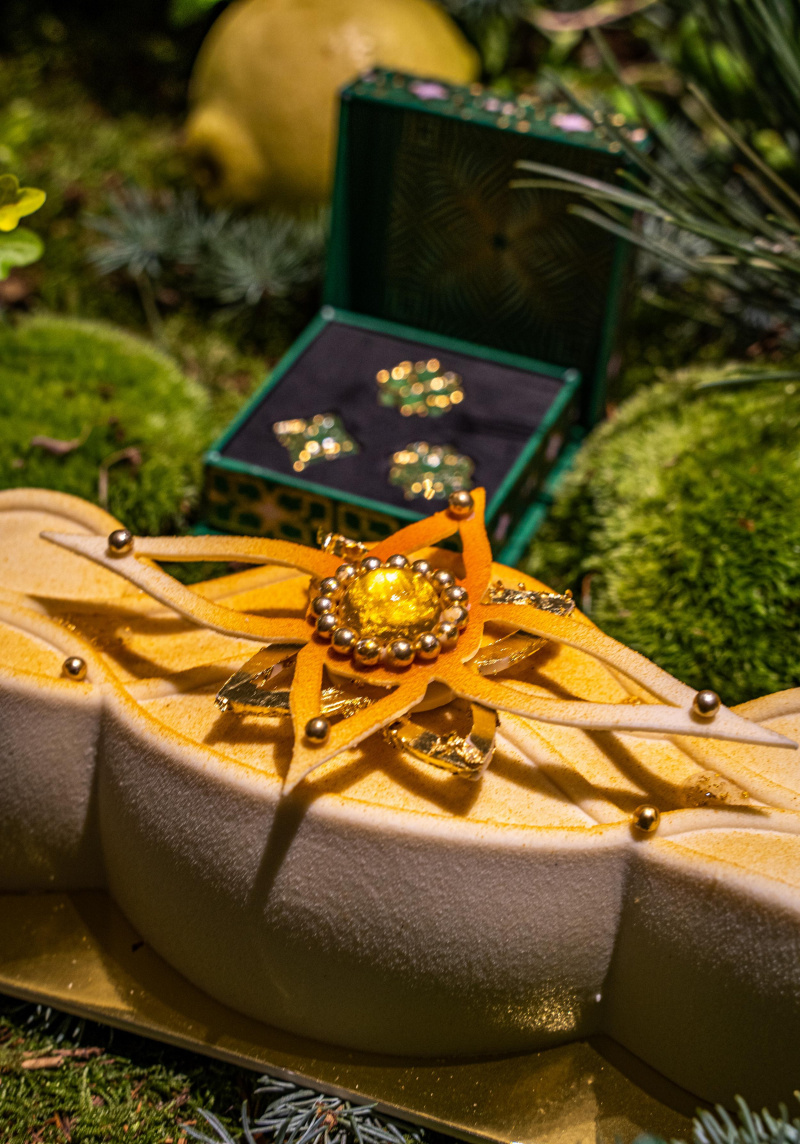
Bûche Giardino (Maison Ladurée, Paris)
‘Among yule logs by great houses and top chefs, here is Maison Ladurée’s. This year, the Bristol former pastry chef Julien Alvarez – who took over the iconic house – comes up with a sophisticated collection created in partnership with jeweler Mellerio. As an outcome, fantastic creations with spellbinding flavors!
‘This year, discover a creation showing this harmonious union between the art of jewelry and pastry. The Bûche Giardino yule log has everything of a jewel and is a must on your table. A wonderful occasion to surprise your guests with this creation as beautiful as tasty.
‘Its lightness and refreshing flavors, low in sugar, are the perfect final touch after a hearty Christmas meal. Picture this: bergamot and keffir lime zest shortbread, sponge cake, lemon and lime crémeux, orange, grapefruit, clementine, yuzu and mandarin marmalade, almond milk and Madagascan vanilla mousse.’
DATES AND OPENING TIME
From 3 November 2021 to 31 December 2021
LOCATION
Ladurée – Champs Elysées
75 Av. des Champs-Élysées
75008 Paris 8
PRICES
Bûche de Noël 6 personnes: €75
________________


Lettre au Père Noël (Printemps du Goût, Paris)
‘Called the “Lettre au Père Noël”, this numbered yule log in limited edition has it all. Please note everything is made by hand and there are not two identical yule logs.
‘It is based on light and fresh pine tree bud mousse associated with fir tree pepper and pear confit. Add to this a few diced forest honey madeleine cakes, the whole lying on a roasted almond and Christmas spice crunchy shortbread, and there you go for a gustatory discovery!
‘Careful, there will be only 100 samples of this yule log available for €89 and serving 6. It also comes in individual size for €9.50, to delight curious people looking for yule logs to try.’
DATES AND OPENING TIME
From 1 November 2021 to 31 December 2021
LOCATION
Printemps du Goût
64 Boulevard Haussmann
75009 Paris 9
PRICES
La lettre au Père Noël: €89
_______________
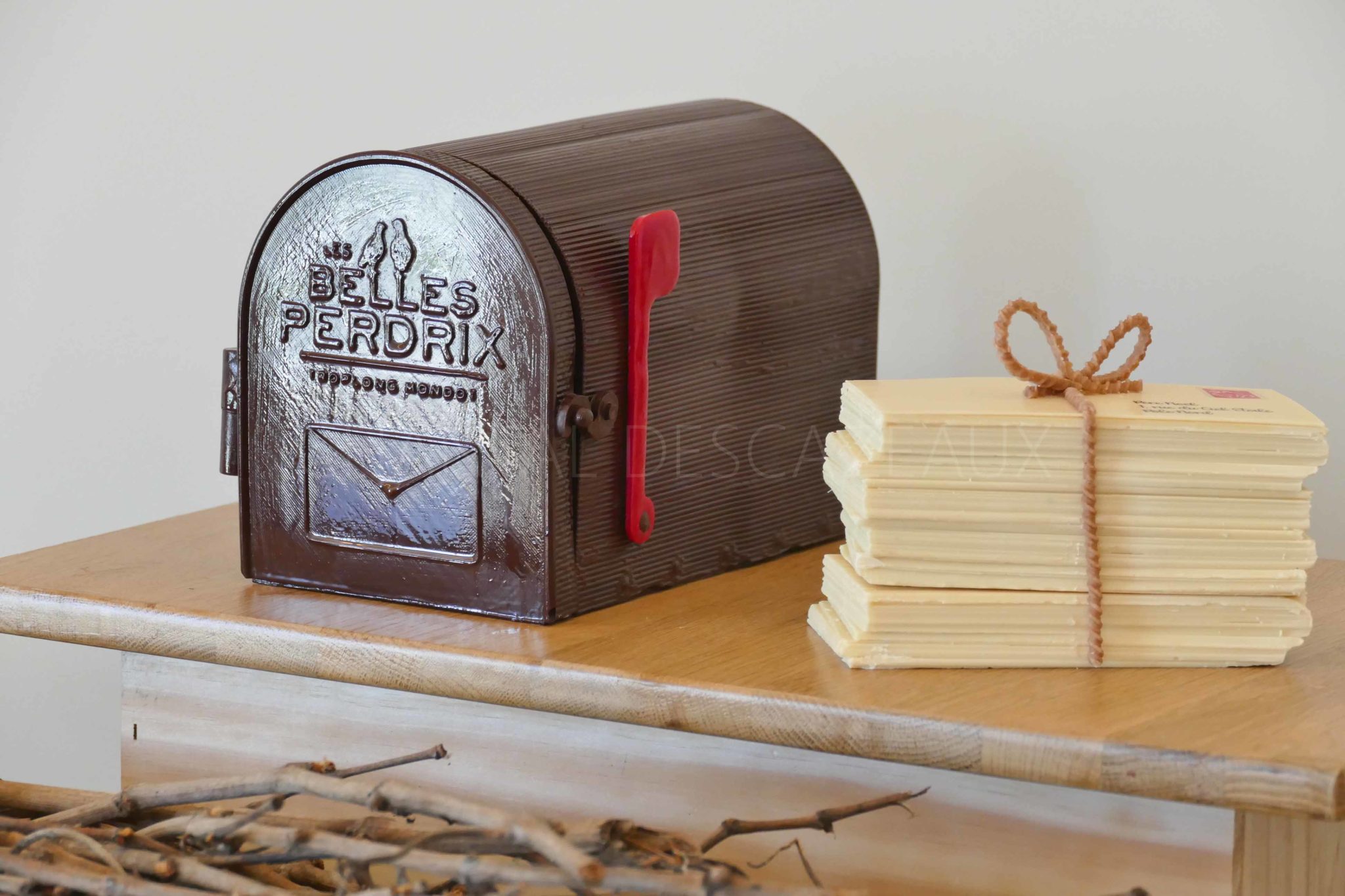

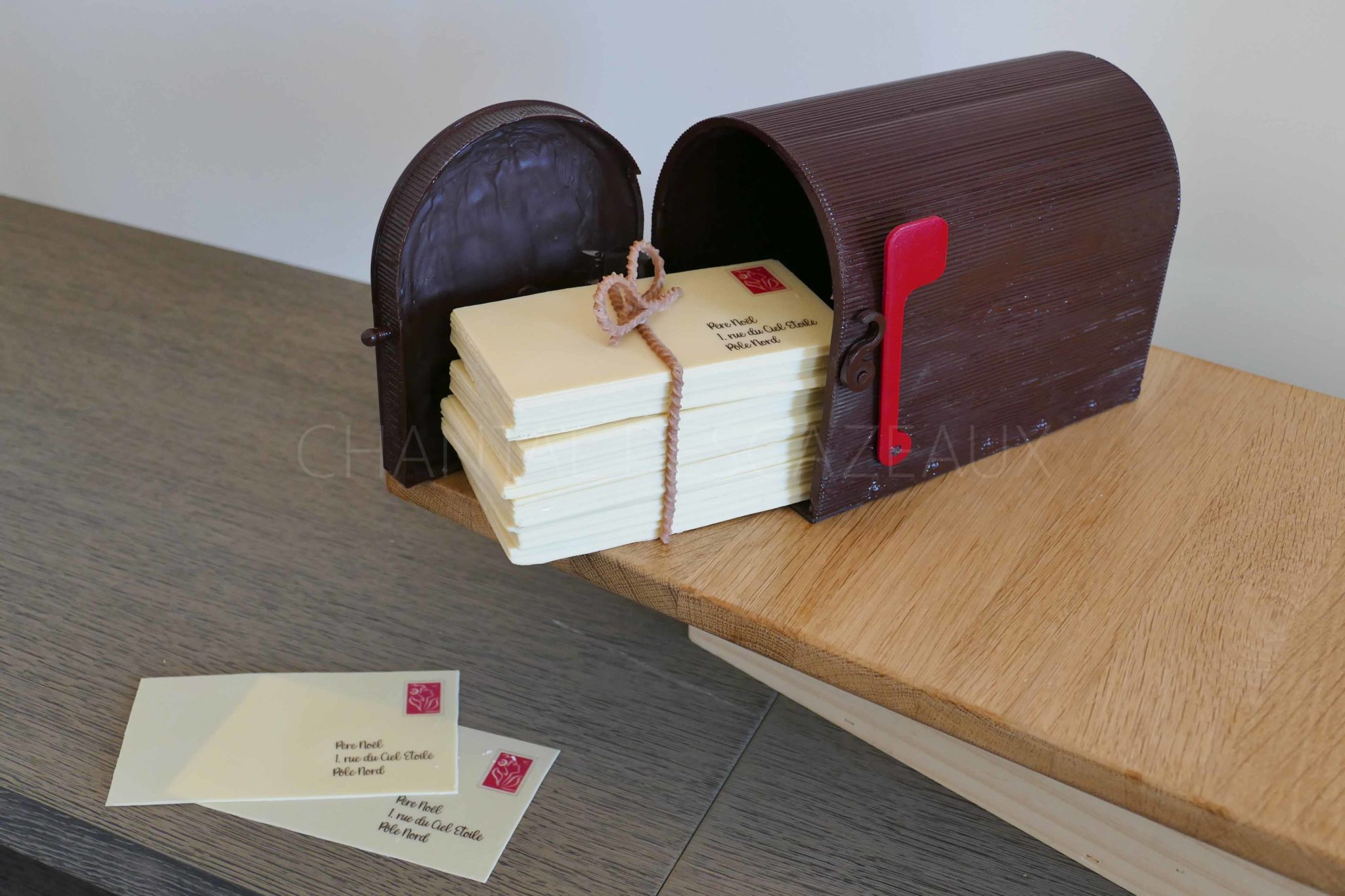
Bûche de Noël 2021 (Les Belles Perdrix, Saint-Emilion)
‘Recently arrived in Saint-Emilion after leaving the restaurant La Réserve in Paris (2 *) in order to get closer to his native Périgord, Adrien Salavert was immediately inspired by the history and traditions of Saint-Emilion.
‘He learned that very close to Saint-Emilion, in Libourne, the secretariat of Santa Claus had been sitting since 1962, where the thousands of letters written by children arrived at “1 rue du Ciel étoiles, Pôle Nord”.
‘Adrien then drew inspiration from this story to imagine a log like Santa’s letterbox, a log that is both playful, original and delicious. Its inner wall resembles a dark chocolate beggar, and inside is a stack of dessert letters delicately tied with an almond paste tie. The dessert is composed of a creamy caramel, passion fruit mousse and gingerbread.’
DATES AND OPENING TIME
From 1 December to 31 December 2021
LOCATION
Château Troplong Mondot/ Les Belles Perdrix
33330 Saint-Emilion
PRICE
70 €
_______________

En Balade sur la Montagne Sainte-Victoire (Maison Lenôtre, Paris)
‘There is nothing like the Montagne Sainte-Victoire – a staple symbol of the regional landscape – to inspire Head of Creation Guy Krenzer and Pastry Chef Jean-Christophe Jeanson (Pastry Meilleur Ouvrier de France since 2019). A two-faceted mountain reinterpreted with two distinctive decors, on one side, powdery snow, and on the other side, a shiny chocolate glazing. The yule log features a mandarin confit and mousseline, pine nut and hazelnut praline striking with the tasty chocolate mousse. The whole paired with a delicious mandarin sorbet for a lot of freshness and lightness. It is available from December 15 for €130 serving 6 to 8 foodies.’
DATES AND OPENING TIME
From 1 November 2021 to 31 December 2021
LOCATION
Lenôtre – Victor Hugo
48 Avenue Victor Hugo
75116 Paris 16
PRICES
Bûche signature : €130
_______________

Bronze (Lafayette Gourmet, Paris)
‘Ce hibou à la robe bronze scintillante saura retrouver sans peine le chemin vers le sapin. Chouette alors ! A l’intérieur de cette gourmandise explosive de la noisette, de la passion et de la confiture de lait. Waouh !’
DATES AND OPENING TIME
From 1 November 2021 to 31 December 2021
LOCATION
Lafayette Gourmet
75001 Paris 1
PRICES
Bûche : €70
_______________
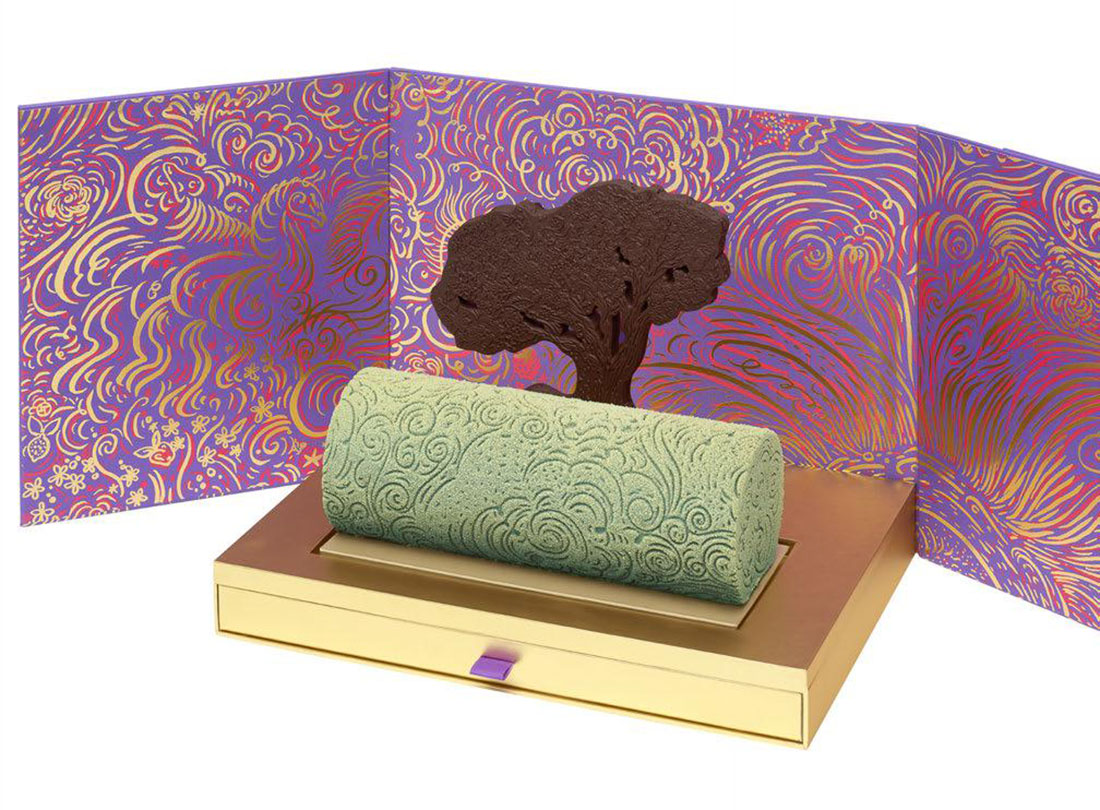
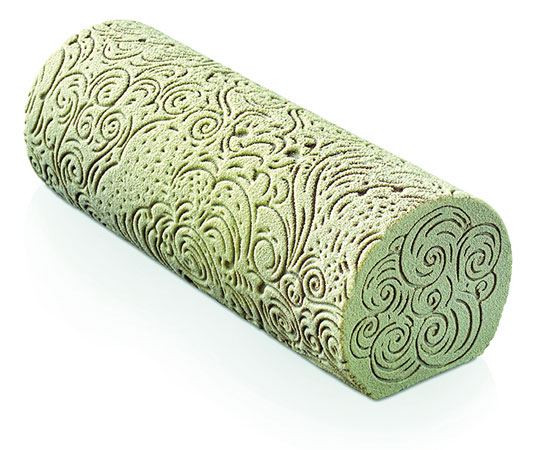

Pierre Hermé Signature 2021 (Pierre Hermé, Paris)
‘This year, Pierre Hermé comes up with a signature yule log pushing the limits of good food a step further. This pistachio praline creation shines a light on the natural flavors of this nut one loves so much! What we love is the pistachio comes in different textures, but low in sugar. The heart-stopping creation of the year! The exceptional version in limited edition lays on a box filled with chocolate bonbons and trees and a tree of life made of chocolate stuffed with Iranian pistachio praline.’
DATES AND OPENING TIME
Starts 29 October 2021
LOCATION
Pierre Hermé
72 Rue Bonaparte
75006 Paris 6
PRICES
Bûche Signature: €120
__________________


L’éclair géant Berlingot (L’Eclair de Genie, Paris)
‘L’Éclair de Génie creates an XXL éclair-shaped Christmas log! But what exactly is this giant Yule log eclair made of? To amaze the eyes of lovers of the beautiful and the good, Christophe Adam has imagined an XXL eclair in the colors of Christmas, to literally immerse you in the atmosphere of the end of the year celebrations that you love so much. Tricolor icing adorned with green, red and snow white, sparkling stars, pearly Christmas balls and all-chocolate barley sugar topped this gigantic lightning with air choux pastry. On the flavor side, a white chocolate / pistachio ganache and a raspberry melting heart will tickle your demanding palates and literally take you back to childhood.’
DATES ET HORAIRES
À partir du 11 décembre 2020
LIEU
Galeries Lafayette Gourmet
35 Boulevard Haussmann
75009 Paris 9
PRICE
49 euros serves 8 people
___________________


Build-it-yourself Gingerbread House (Pâtisserie Sébastien Gaudard, Paris)
‘To arouse one’s curiosity and taste buds, Sébastien Gaudard presents his gingerbread home, a zero waste home, 100% sustainable made in partnership with Ateliers Chutes Libres, a group of designers. Build the gingerbread home yourself thanks to a special kit including five gingerbread squares with zero waste! Both playful and indulging, it is a great gift to enjoy this winter!’
DATES AND OPENING TIME
From 1 November 2021 to 26 December 2021
LOCATION
Pâtisserie Sébastien Gaudard
22, rue des Martyrs
75009 Paris 9
________________
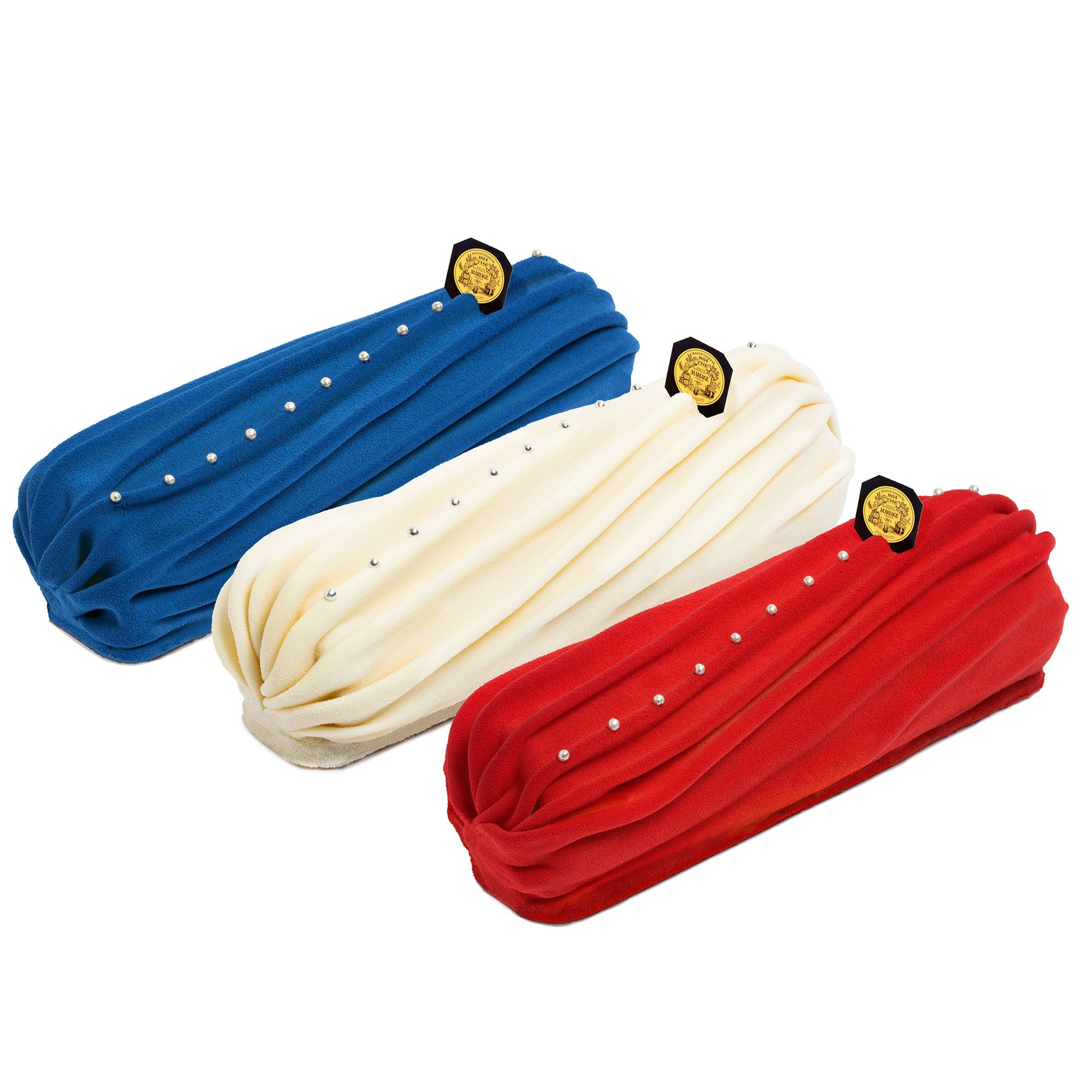
Haute Couture (Mariage Frères, Paris)
‘This year, Mariage Frères offers not one but three different yule logs to the colors of the Meilleurs Ouvriers de France. Let us discover the Haute Couture yule logs dressed in an almond veil skillfully folded and sprinkled with silver beads.
‘Blue Haute Couture yule log: The festive flavors of the NOËL Tea warm up the light chestnut cream filled with blackcurrant confit and candied chestnut chunks.
‘White Haute Couture yule log: Some light yuzu cream flavores with NOËL Tea, sprinkled with candied oranges and topped with orange marmalade.
‘Red Haute Couture yule log: The fruity flavors of a wild strawberry marmalade paired with the sweet spicy hints of the NOËL Tea and the velvety texture of the light matcha tea cream.’
DATES AND OPENING TIME
From 1 November 2021 to 31 December 2021
LOCATION
Mariage Frères Etoile
260, Rue du Faubourg-Saint-Honoré
75008 Paris 8
PRICES
Bûche de Noel pour 6 personnes: €65
_________________

The Thousand and One Nights Log (Hôtel Royal Evian, Neuvecelle)
‘A bewitching oriental fragrance blows through this creation by Pastry Chef Stéphane Arrête. In the shape of an oriental palace under a white chocolate dome, scents of pistachio, orange and cardamom, enhanced by a grand cru chocolate from the Dominican Republic. The dome has another surprise in store: an encrustation of dried fruits composed of dates, apricots, bananas, almonds, hazelnuts and pistachios. Limited edition.’
DATES AND OPENING TIMES
1 December 1 – 15 December 15 2021
LOCATION
Hôtel Royal Evian Resort
960 Av. du Léman
74500 Neuvecelle
PRICE
90 € (6/8 pers)
_________________
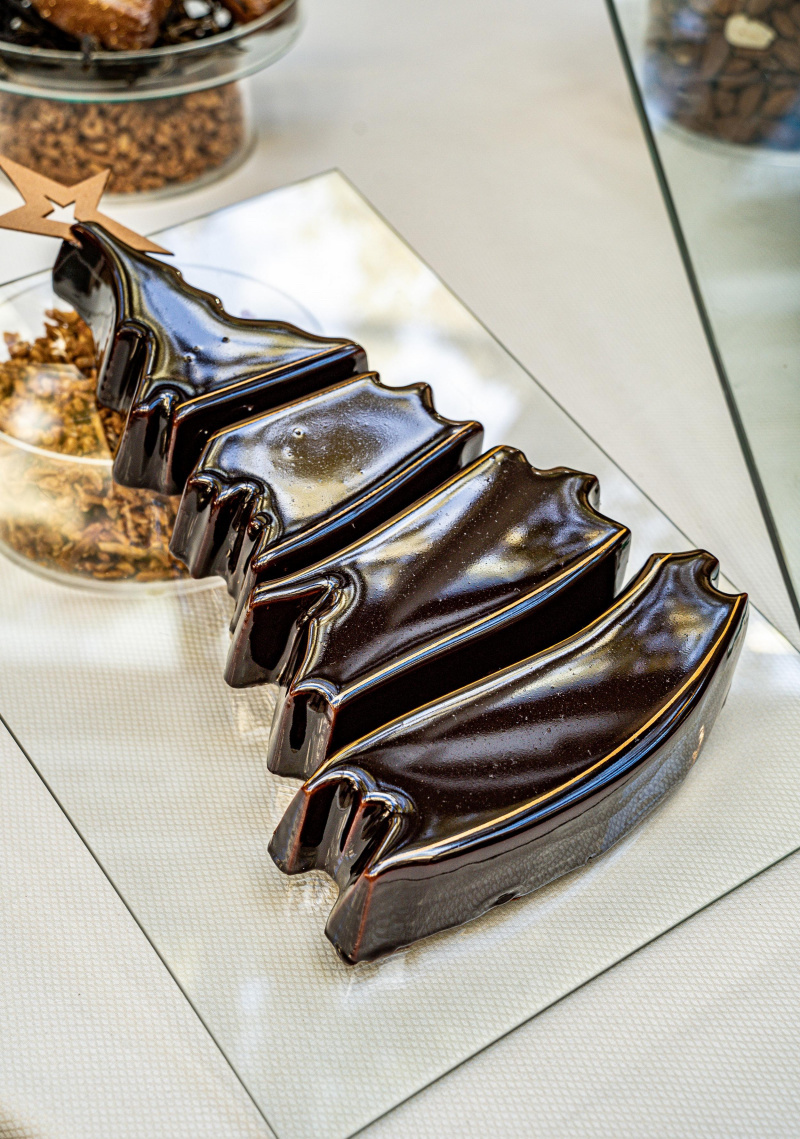

Sapin yule log (The Ritz, Paris)
‘This year, François Perret – the famous and talented pastry chef of the Ritz Paris – comes up with a yule log getting back to basics: chocolate and scrumptiousness. Here is a Sapin yule log, both generous and delicious. A creation likely to delight children as much as adults and for Christmas, it is a must!
‘Chocolate, praline, here are two words ringing a bell for many foodies! This yule log is based on light 72% Panama chocolate mousse that François Perret has collected the cocoa beans himself on site. Add to this a cocoa cake with caramelized almond praline, and this is heaven. All along the coating, enjoy a beautiful golden string. A golden chocolate star shines at the top.’
DATES AND OPENING TIME
From 4 December 2021 to 31 December 2021
LOCATION
Ritz Paris Le Comptoir
38 Rue Cambon
75001 Paris 1
PRICES
Bûche 6 personnes: €105
Bûche 10 personnes: €160
_________________
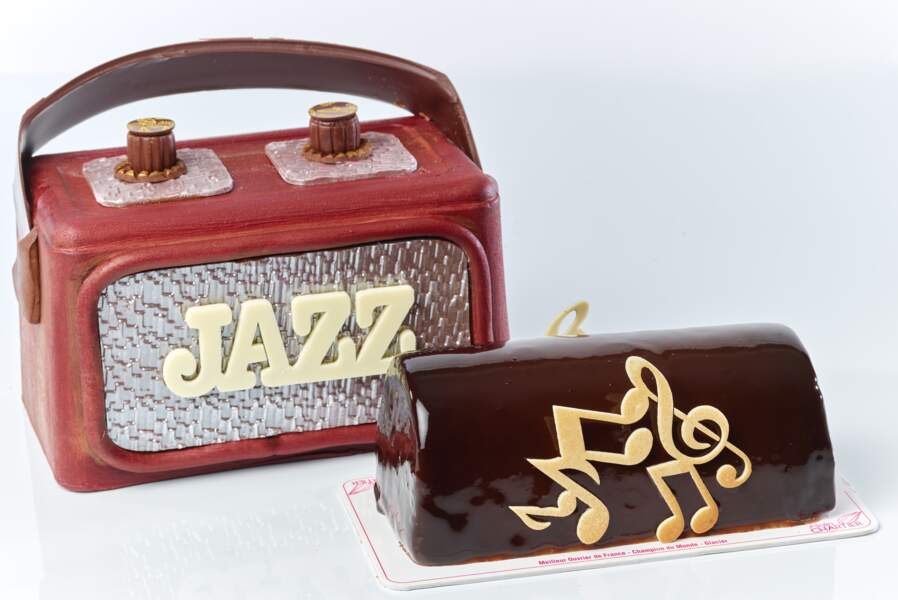
Jazz 1910 de Madagascar (Alain Chartier, Vannes)
‘Buche glacée
Crème glacée Vanille de Madagascar
Sorbet Passion
Glace Caramel Tonka Cacahuètes
Dacquoise amandes’
DATES AND OPENING TIME
From 1 December 2021 to 29 December 2021
LOCATION
Alain Chartier
25 place des Lices
56000 Vannes
PRICES
31,20 € pour 6 personnes
_________________

The Sinner (Nolinski, Paris)
‘The Sinner: expect some surprising tasting for this yule log shaped as a Christmas decoration! Yann Brys invites us to think outside the box with this creation mixing crunchy almonds and cocoa beans with moist chocolate cake, sour raspberry and roasted red bell pepper compote, as well as chocolate crémeux and 75% Cuban dark chocolate mousse. Your curiosity will be rewarded with this very indulging experience!
DATES AND OPENING TIME
From 1 December 2021 to 29 December 2021
LOCATION
Nolinski
16 Avenue de l’Opéra
75001 Paris 1
PRICES
Bûche Sinner: €95
___________________

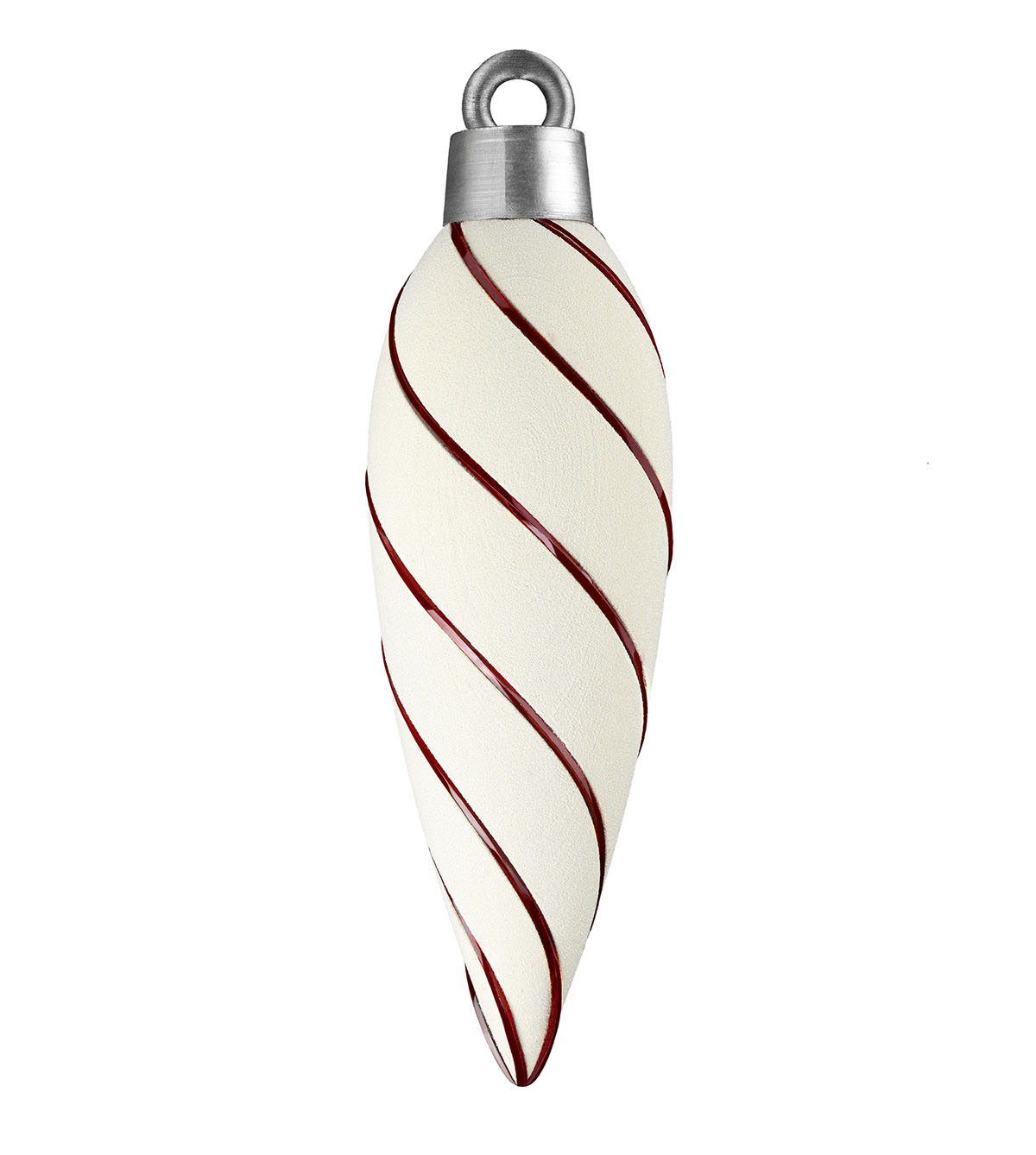
goutte d’eau (le Mandarin Oriental, Paris)
‘We are delighted to reveal Pastry Chef Adrien Bozzolo Christmas Yule Log. As a real artistic masterpiece in trompe l’oeil, the #YuleLog follows the curves of a Christmas decoration adorned with elegant red and white twisted lines.
‘This is one of the most beautiful creations of the year! Inspired by a “drop of water” Christmas bauble, dressed in elegant red and white cable patterns, Adrien Bozzolo’s Yule log has pear, yuzu and hazelnut flavors at its heart. You almost want to hang it on the tree!’
DATES ET HORAIRES
Du 20 décembre 2019 au 26 décembre 2019
LIEU
Mandarin Oriental
251 Rue du Faubourg Saint-Honoré
75008 Paris 8
TARIFS
Pour 8 personnes : 98€
_______________
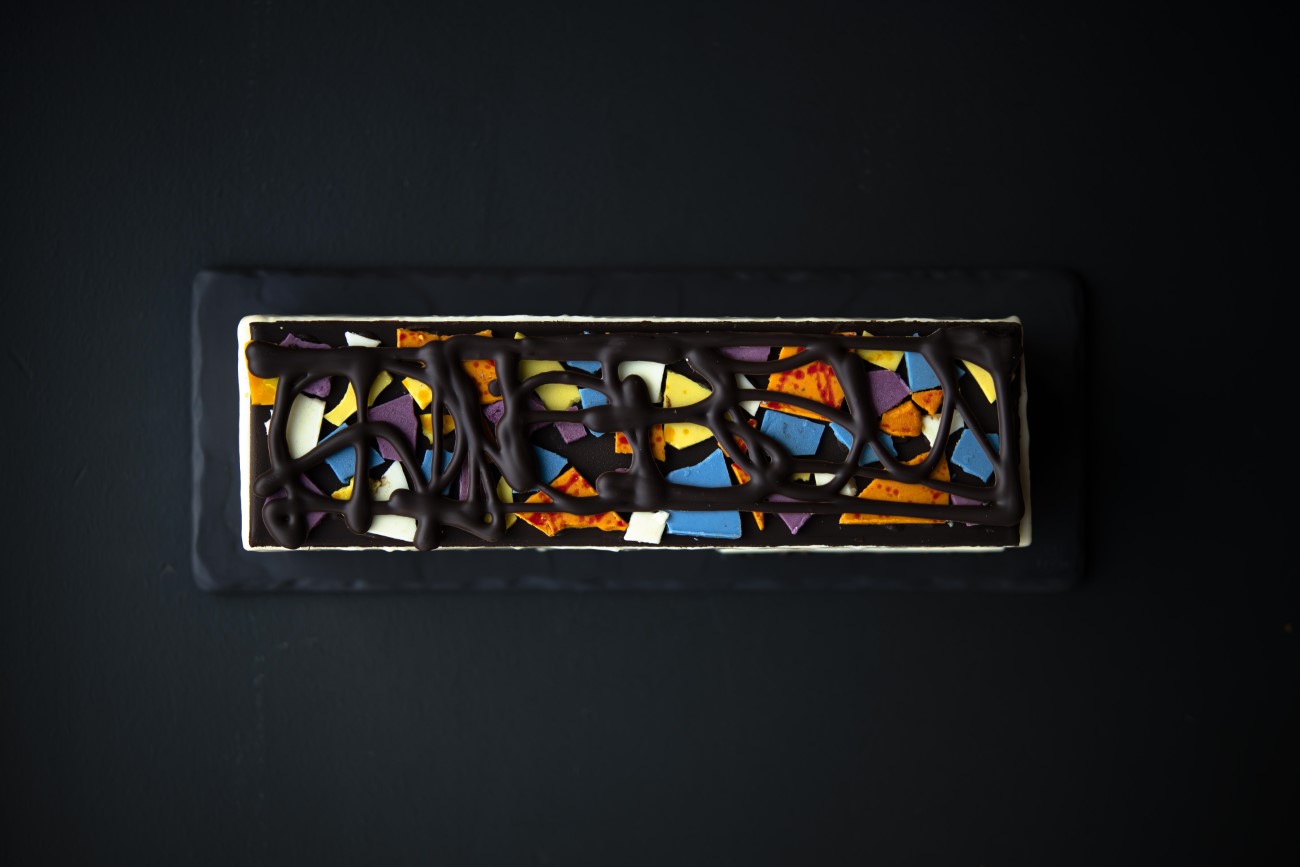
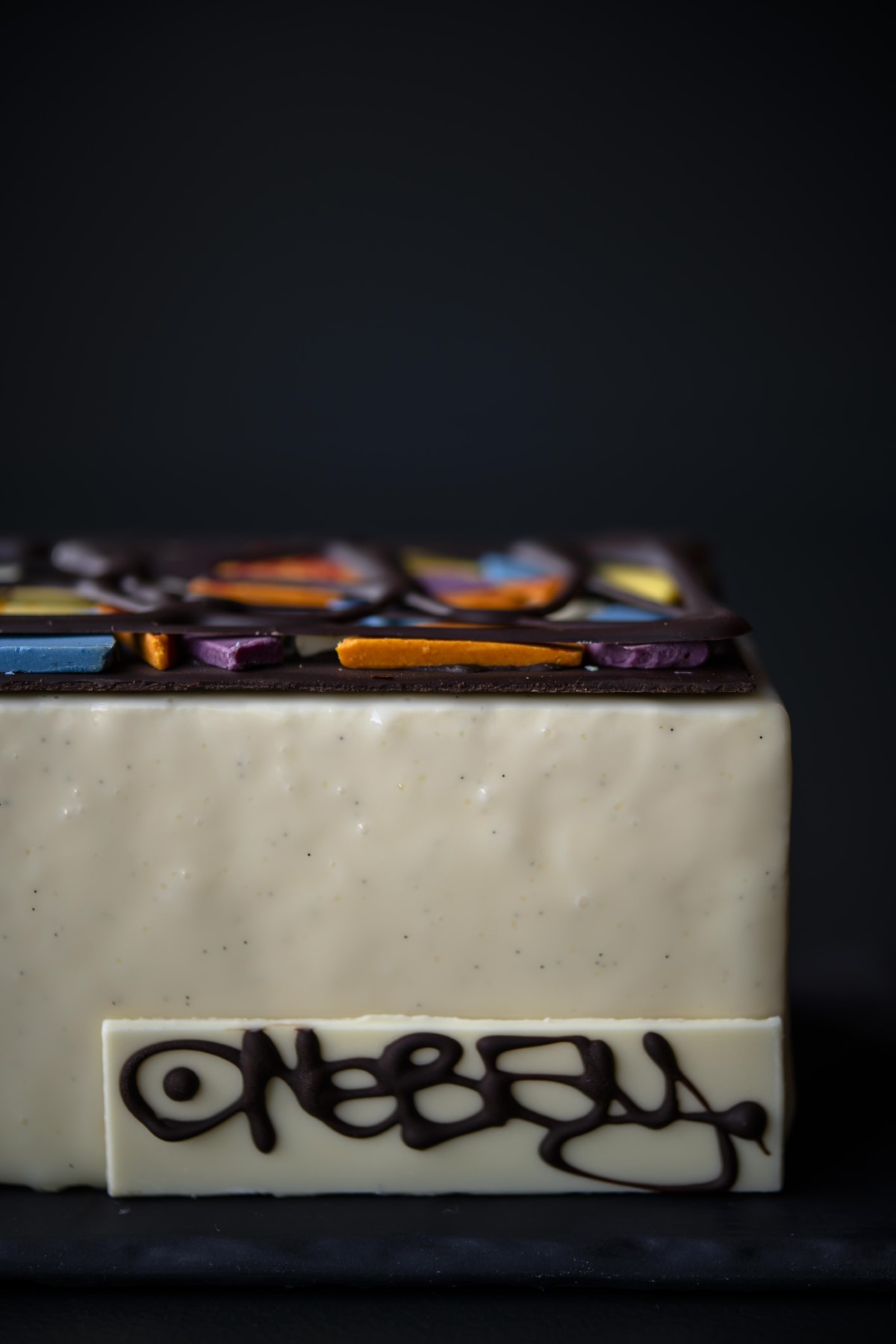
Bûche de Noël 2021 (Hôtel Molitor, Paris)
‘Like last year, for the yule log, hôtel Molitor and pastry chef Benoît Gressent have decided to team up with an artist. After KEF in 2020, in 2021, French artist Nebay is teaming up with the hotel’s pastry chef to create a very arty yule log.
‘Molitor’s yule log 2021 is a treat for the eye before the taste buds. A genuine visual masterpiece. And for good reason, street-artist Nebay hides behind the pastry baked by Benoît Gressent. By the way, Nebay has stayed for an artistic residency at the hotel from April to October 2021.
‘After gazing at and admiring this yule log reveals caramelized apple, lemon and caramel flavors, in mousse and brunoise version. The whole covers a cake. To coat this pastry creation and visually improve it, Nebay has come up with colorful pieces of chocolate, placed as a mosaic without forgetting to tag it thanks to the dripping technique, but chocolate version, of course.’
DATES AND OPENING TIME
On 24 December 2021
LOCATION
Molitor
13 Rue Nungesser et Coli
75116 Paris 16
PRICES
Pour 6/8 personnes: €69
______________
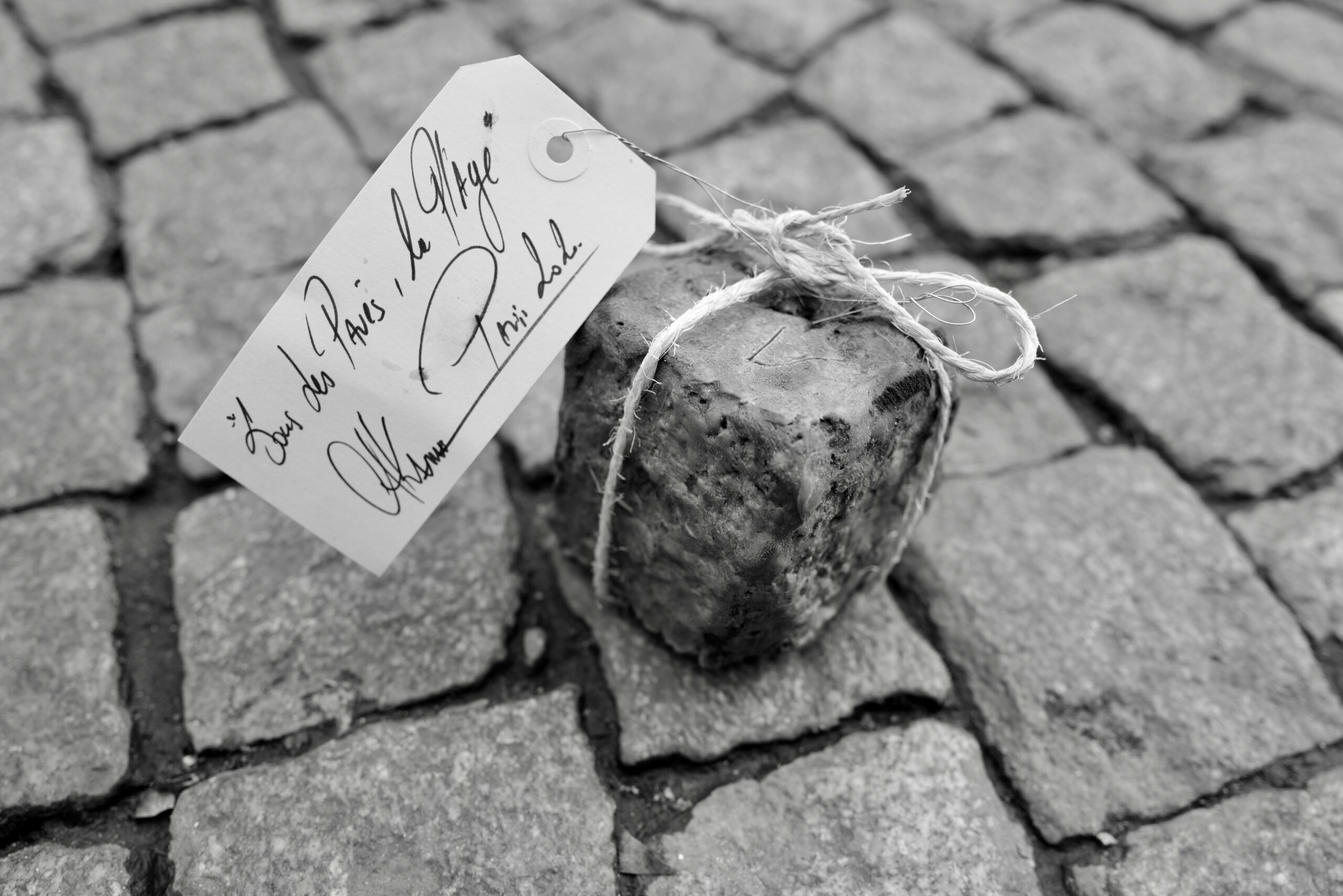

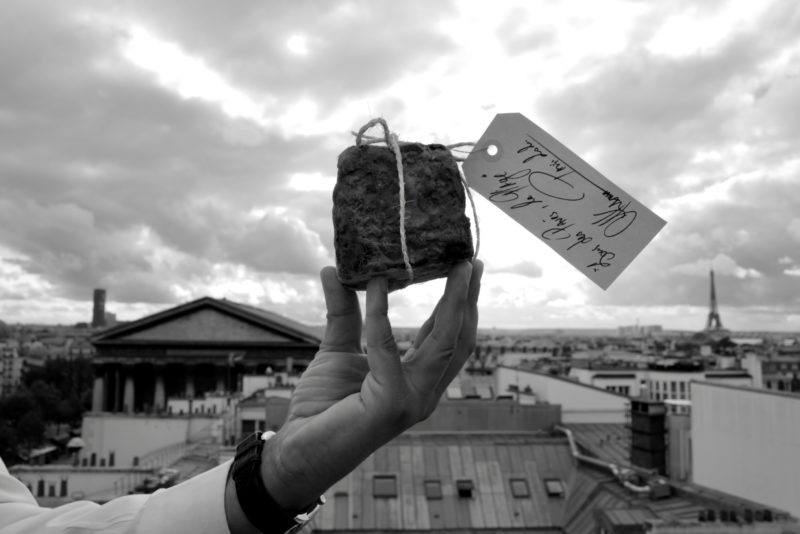
Le Pavé Parisien (Akrame, Paris)
‘“Le Pavé Parisien” – Creation of chef Akrame Benallal in collaboration with pastry chef Killian Le Houerou. A log with many symbols! The cobblestones of strikes and revolutions, revolts and barricades. Akrame and Killian dreamed of a Parisian log, which wants to be city and urban, by its flavors but also its history. A unique log, rare and luxurious but also simple and humble, like its creators.
‘This paving stone which represents, as its name suggests, a Parisian paving stone recalls the slogan of May 68 “under the cobblestones the beach”. The symbol of the pavement, an irregular and imperfect element, which leaves a trace and travels in time, is in perfect harmony with the log which remains eternal …
‘Akrame and Killian drew their inspiration from the History and symbols of Paris to create the visual of an authentic log, but also from mythical Parisian pastries such as the Parisian flan, the lemon meringue pie or the classic log of Christmas butter to create the flavors of Pavé Parisien.
‘Combining milk chocolate with candied lime and lime (without sucrose) quickly established itself to preserve softness and authenticity and a healthy character. Lemon buttercream mousse for indulgence, the delicate and fresh touch.’
DATES AND OPENING TIME
Starts 15 December 2021
LOCATION
Restaurant Akrame
7 Rue Tronchet
75008 Paris 8
_______________
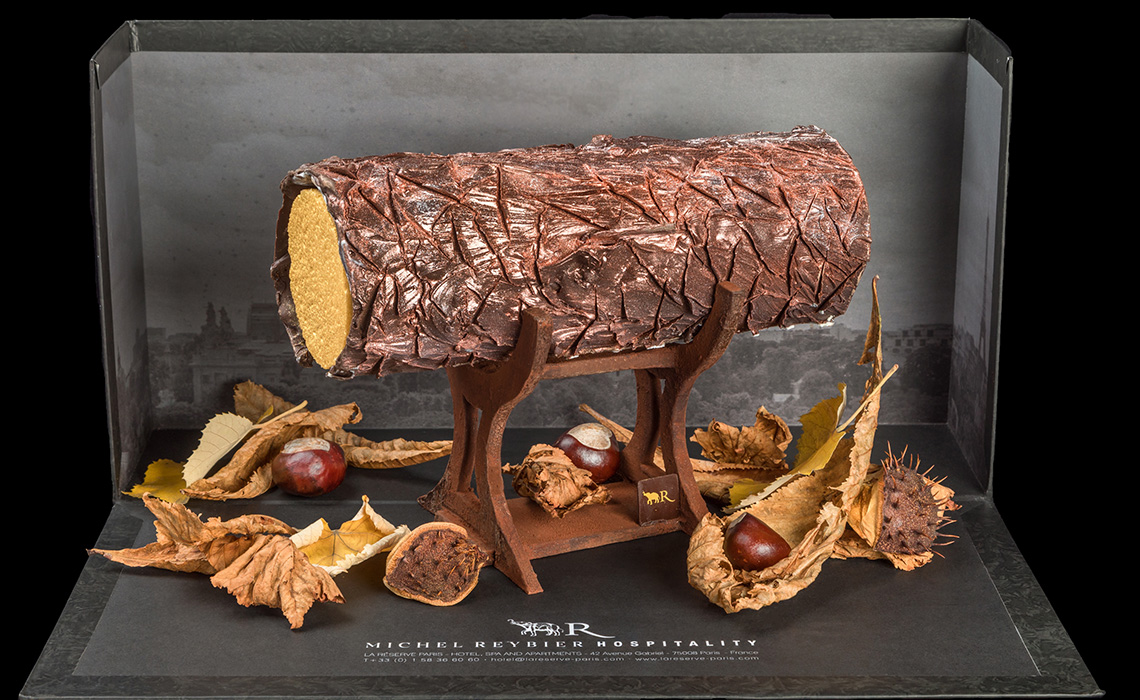
HOMMAGE À LA NATURE (Michel Reybier Hospitality, Monaco)
‘This entirely edible display of nature’s finest offerings is entirely edible, and nothing (dead leaves, chestnuts, etc.) tastes as it appears. Chef Michel Reybier has come up with yet another masterpiece!
‘The log itself is based on soft chocolate cake, rolled and filled witg whipped hazelnut and halva ganache with runny old-fashioned Piedmont hazelnut praline heart. It is coated in caramelized halzenuts and sesamed seeds laying on a crunchy bed made of milk chocolate crumble delicately seasonned with fleur de sel. Deliciously regressive, it will delight children and adults!
‘The dead leaves are based on light roll finger lady cake, filled with lemon and citron marmelade and cardamom whipped ganache. The whole is coated and softned by Valencia almond ganache. The log is set on a crunchy almond crumble. This yule log will likely delight demanding palates with more interesting flavors.
‘The nuts and seeds are is based on Iranian pistachio soaked in orange blossom water and bitter orange. Crunchy pistachio praline, and pistachio caramel heart to shake sweet-toothed’s taste buds up. The seeds and nuts are then coated in Iranian pistachios and set on bitter orange crunch. It is simple: we love it!’
DATES AND OPENING TIME
Starts 1 December 2021
LOCATION
Michel Reybier Hospitality
20 Rue de la Verrerie
Monaco
PRICES
Bûche 8-12 personnes: €300
_______________


Tonneaux (Jardin de Berne, Berne)
‘Lover of the Provençal terroir and keen on chocolate, Pastry Chef Eric Raynal has imagined a log that is as generous as it is daring. Inspired by the cellars of the Château de Berne, this log is shaped like barrels that rock the wines. Composed of a chocolate coating, a fine biscuit finely enhanced by a buckwheat praline coated with a chocolate mousse. A dripping caramel comes out of the log by removing the stopper.’
DATES AND OPENING TIME
23, 24, 25 December 2021
LOCATION
Jardin de Berne
Chateau Berne
Berne
PRICE
6 people: 52 €
_______________
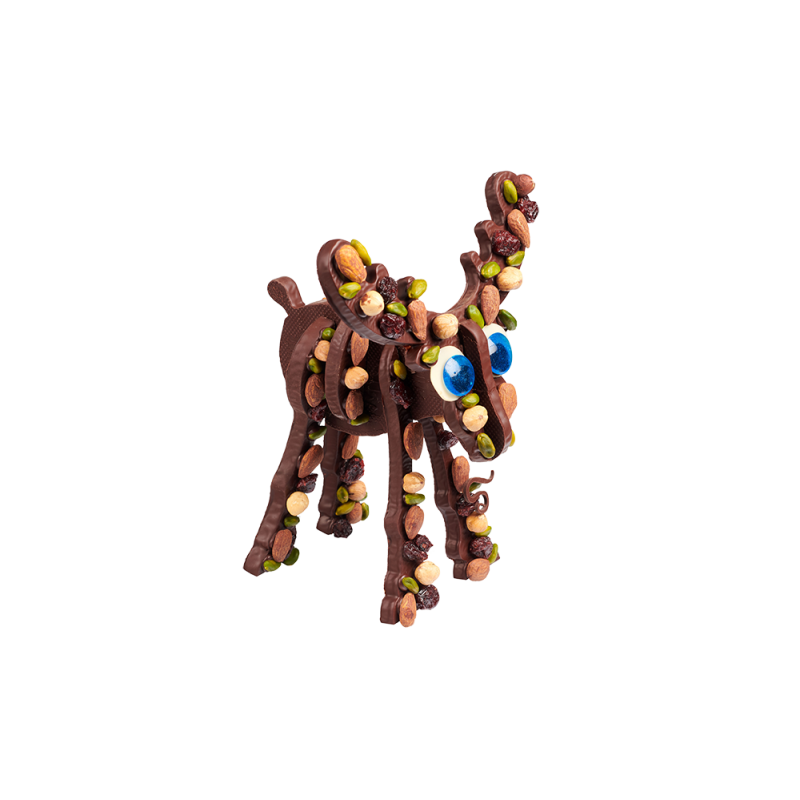
Pistache le Renne (La Maison Seve, Hors Corse)
‘This delicious little Reindeer is called Pistache. On Pistachio, find dark chocolate mendiants and a fine dark chocolate accompanied by dried fruits (hazelnuts, almonds, pistachios) and candied fruits (orange, cranberries).
‘The particularity of Pistache le Renne is that it can be assembled yourself. In addition, this wonder is sold in its shippable gift box, in order to be able to taste it everywhere in France.’
DATES AND OPENING TIME
1 December – 25 December 2021
LOCATION
SEVE – BOUTIQUE MUSCO LIMONEST
324 allée des frènes
69760 Hors Corse
PRICE
79.59 €
_______________
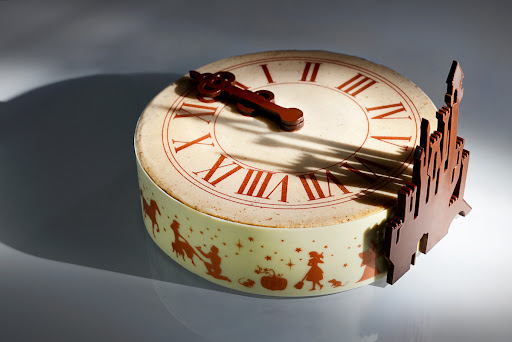
Buche de Noel 2021 (Pâtissier chocolatier Bouillet, Lyon)
‘This year, Mr. Bouillet’s Christmas log features a character from our favorite popular fairy tale. I would love the “timely” Cinderella cake: “hazelnut mousse, blackcurrant cream, blackcurrant compote, crunchy dried fruits, hazelnut dacquoise”.
DATES AND OPENING TIME
24 November – 25 December 2021
LOCATION
15 place de la croix rousse
69004 Lyon
PRICE
6 people: 43 €
_______________
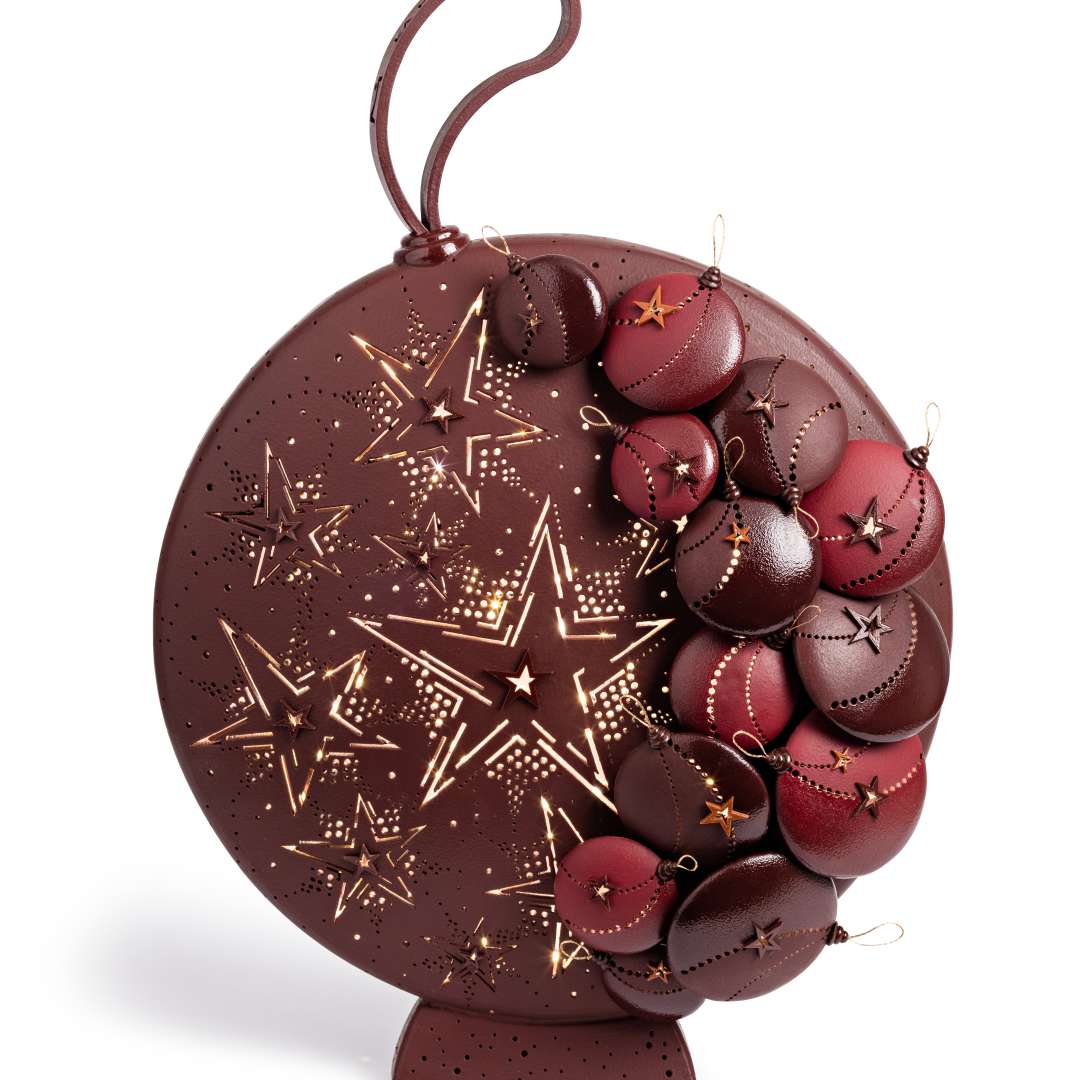

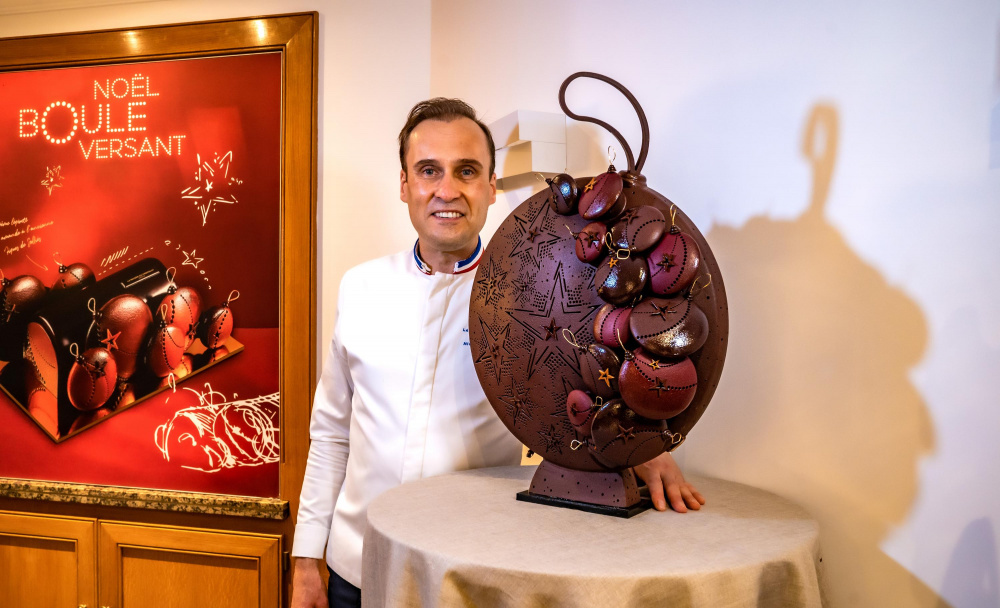
The Star Struck Holiday Ornament Masterpiece (La Maison du Chocolat, Paris)
‘As it happens every year, Nicolas Cloiseau from La Maison du Chocolat wished to dazzle us, surprise us and seduce us with a creation especially concocted for the Holidays 2021. And the price? Well, only €2,000.00!
‘Let us see the famous and unmissable exceptional chocolate piece to discover in very limited edition, only 10 pieces in the world. This year, the creation – entirely handmade – represents a Christmas tree bubl made of 69% Pure Origine Île de Sao Tomé dark chocolate, molded into two half-shperes and decorated with an accumulation of 26 bulbs of 5 different sizes.
The whole is hemstitched with 2,916 holes, pierced and decorated with stars. And this year’s big novelty is the bulb contains a LED spiral to plug in to project the drawing of the holes on the wall!
DATES AND OPENING TIME
Starts 3 November 2021
LOCATION
La Maison du Chocolat
8 boulevard de la Madeleine 75009 Paris
75 Paris
PRICE
€2,000.00
*
p.s. Hey. It’s that annual day on the blog when I parade before you my picks for the best of the famous French designer Xmas cakes for this year. I will be celebrating the holiday by picking one or two of the cakes on display and splurging. You have the choice of either traveling over, if you’re not already here, and joining the feast, or admiring them and selecting your imaginary purchase(s) from afar. Or doing whatever else you wish, of course. ** David, Hi. Dude, what haven’t you done? Your life is like a pornographic giallo film come to life with a great soundtrack. And you’re still one piece. It’s nuts. Um, I’m pretty sure I cant get film4 over here unless my VPN covers your country, and I don’t think it does? But I will hunt and peck. Thanks! ** Dominik, Hi!!! Yes, that slave was a superfan. And he was obviously hoping he could pull in the Nirvana fan masters. And since I don’t recall him wanting to get snuffed or maimed or anything, I hope he did. Still on the ‘Nitram’ hunt. No, no Maunz/Sotos yet. Any minute? Nice combine there, very loving. I almost wish I was his date. Love aka Carlos feeling so selfless and saintly and lacking in good taste that he chooses Krispinius, G. ** _Black_Acrylic, Yes, until they figure this Omicron thing out, extra caution. Congrats on Leeds’s surprise turnaround! ** Tosh Berman, Hi, Tosh. I’ll get one of those three Goodis books then. I think his books are known/popular enough that the normally useless (for me) English language bookstore down the street might well carry them. And I’m heading in its very direction today. Gracias. ** Misanthrope, I’m sure Rigby’s other obsessions are more obsession-worthy. Well, dude, yeah, the more raucous and trashy the reality show, the bigger its virality. And David seems like a … what was her name … Honey Boo Boo, or, wait, that ‘Tiger’ guy in the making? Warm inside, cold outside … yum for me. Wow, your mom’s a fucking survivor. Nice going. 79, not bad, not bad. I hope I have half your mom’s spunk when I hopefully get there myself. ** Bill, Yeah, you have to hand it to realistic masks for being actually creepy. So little actually is creepy when you really think about it. Or maybe that’s just laissez faire me. Have fun at the horror festival. That sounds fun, undoubted flaws and all. ** David Ehrenstein, Goodness gracious! The adventurous 70s. That’d never happen now? Or not in Silverlake, at least. ** Will, Hi. Huh, I’ll check out that Renegade University. Thanks for reading ‘I Wished’. And, yes, may Covid join Polio in the past’s cobwebbed annals ASAP. ** Brian, Hi, B. I’ve been coming across a lot of escorts and slaves looking for total transformation lately. Something in the water, or, in their cases, I guess in the … I just this morning found an emo in the Ukraine who wants some man to transform him into a proper, uptight, uniform wearing British school boy who plays polo and that kind of stuff. You’re back in the dorm, however temporarily. Your mixed feelings make sense. I liked living in a dorm during the one year I did. It’s kind of the only part of being in university that I remember well, weirdly. Oh, how strange: I have a Yasuzo Masumura Day coming up on the blog on this coming Friday. Which films of his did you see? Oh, shit, finals. You think you’re going to ace them? I’m good. The last week … Did not get the hoped for news from the producer of Zac’s and my new film, but we’re pressing forward and maybe soon. On the other hand, this young guy we really want to play the main role in the film read the script and really loved it, so he’s on board, and that’s big. Saw a program of short experimental films about nature last night that were surprisingly all good. Bought a couple of bookshelves and am cleaning up my messy, book-scattered pad. Did a couple of ‘I Wished’ interviews. Like that there. I hope your today’s loveliness renders your school ambient. ** Right. You know today’s drill already, so I’ll leave you be. See you tomorrow.
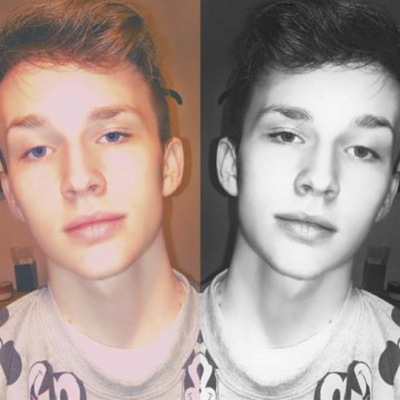
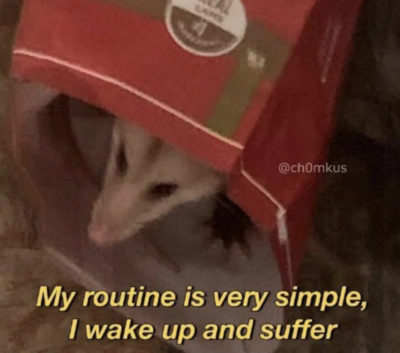
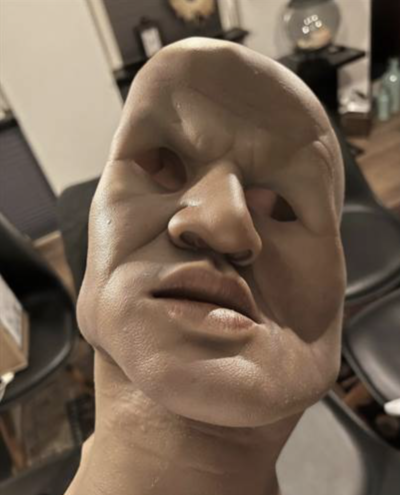
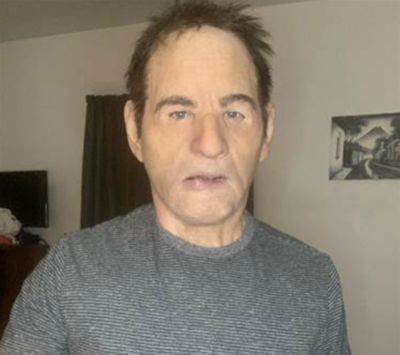
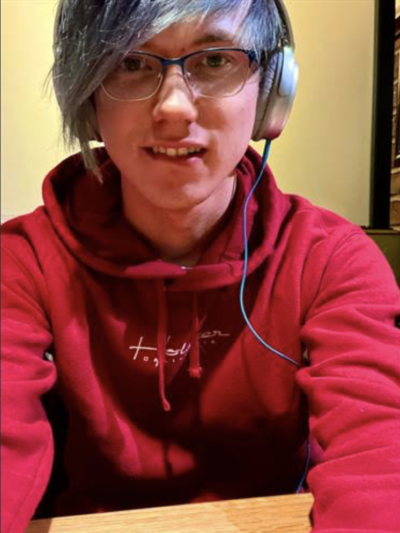
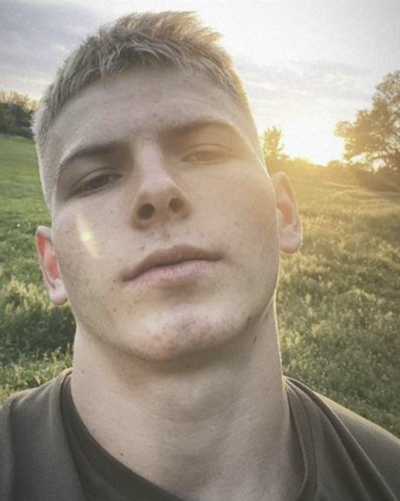
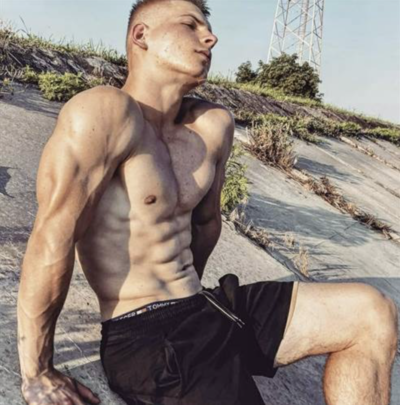

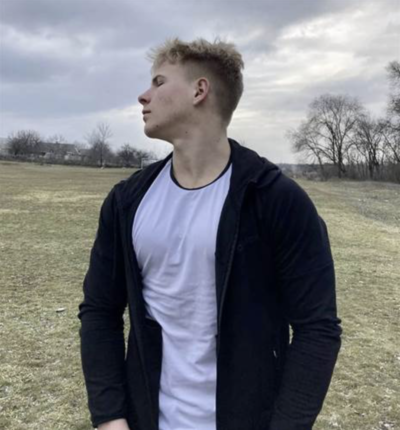
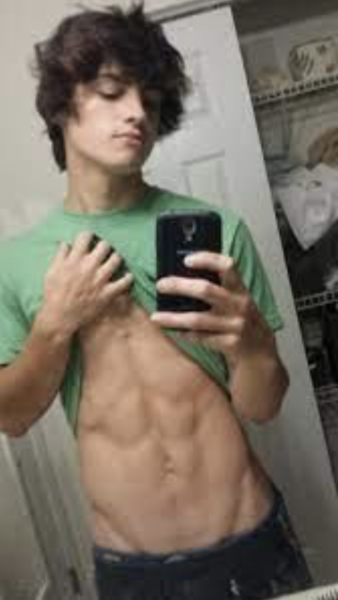




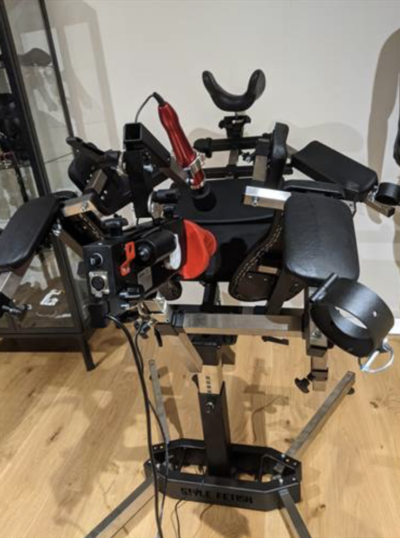
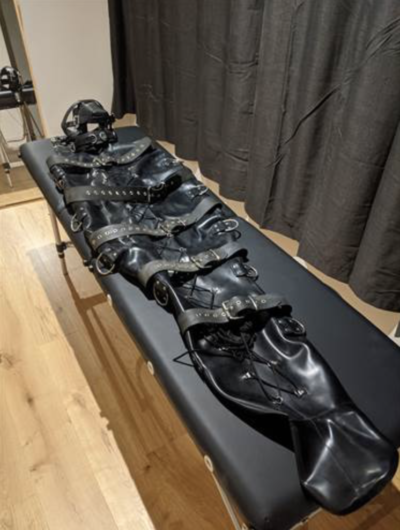
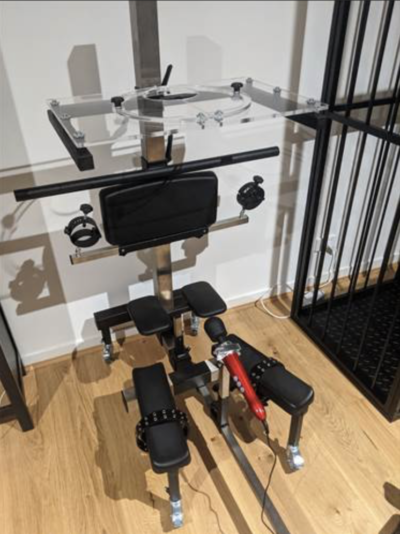
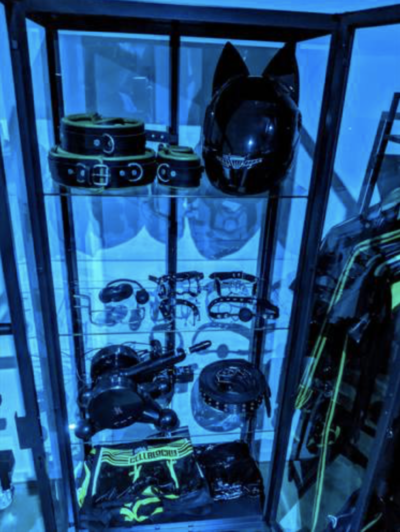
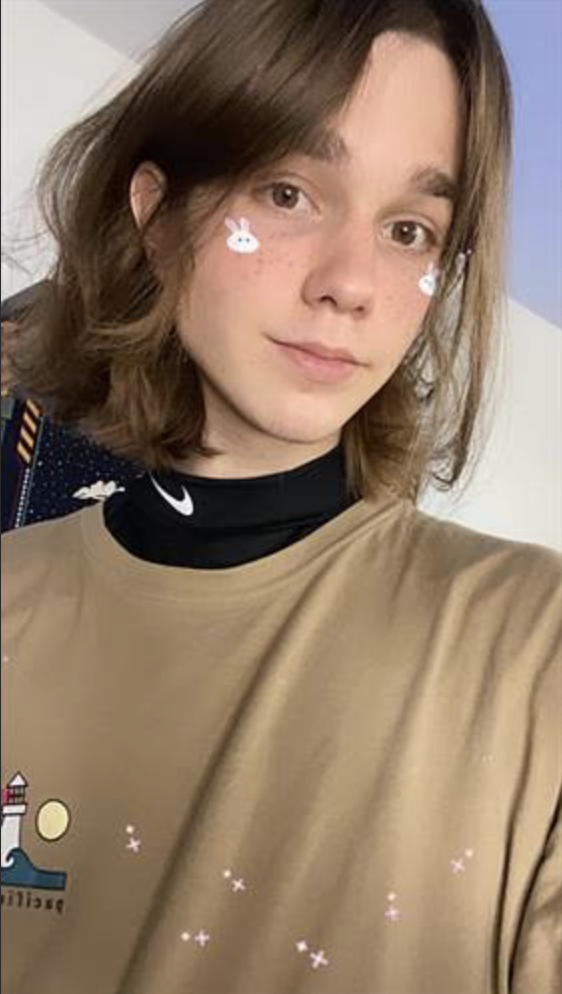
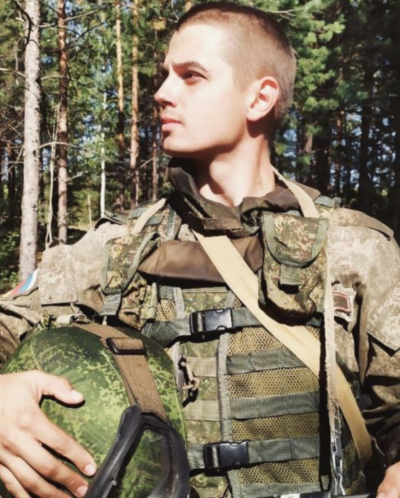
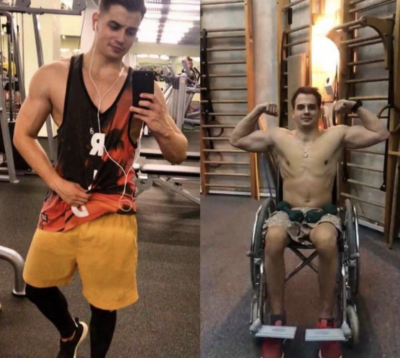
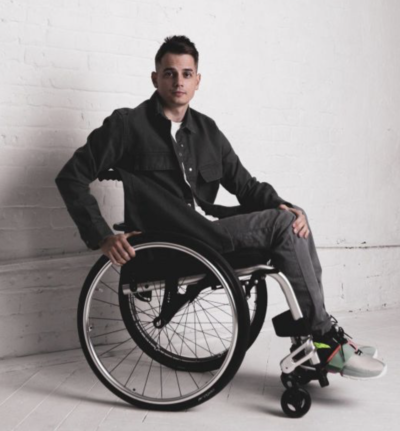
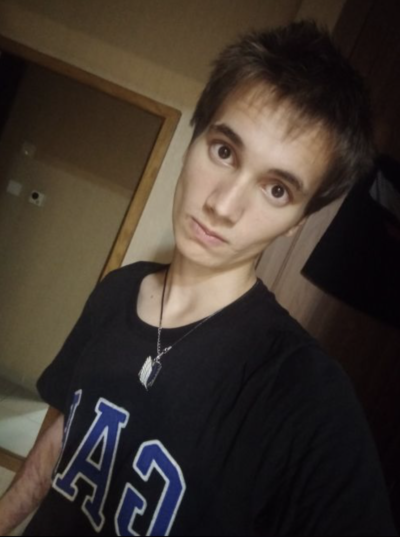
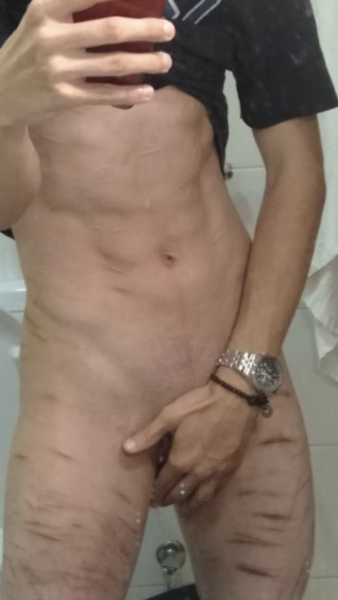

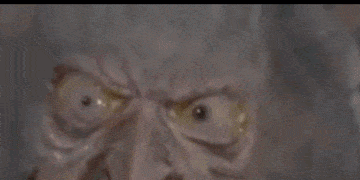


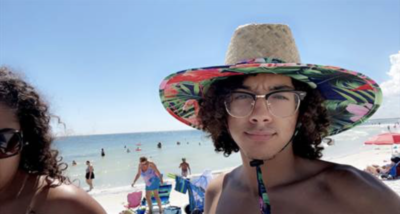

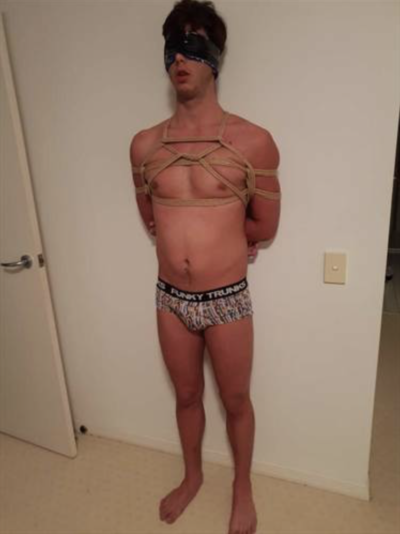
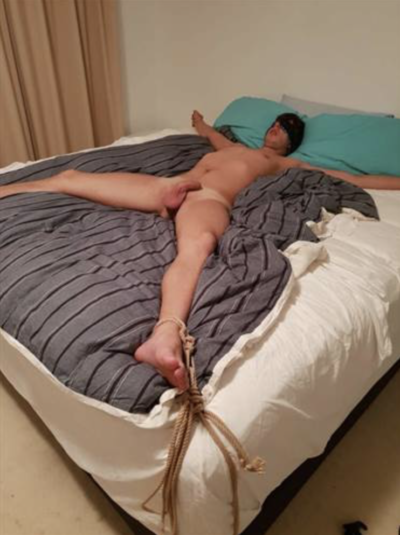






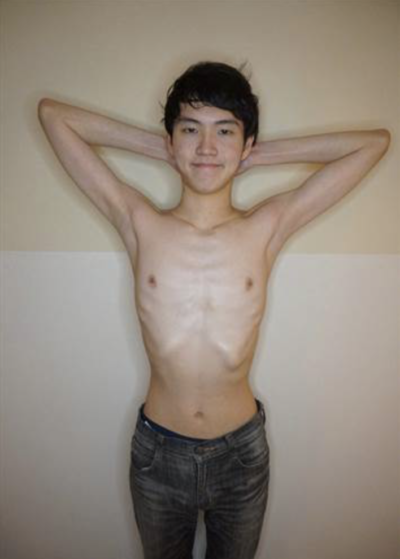
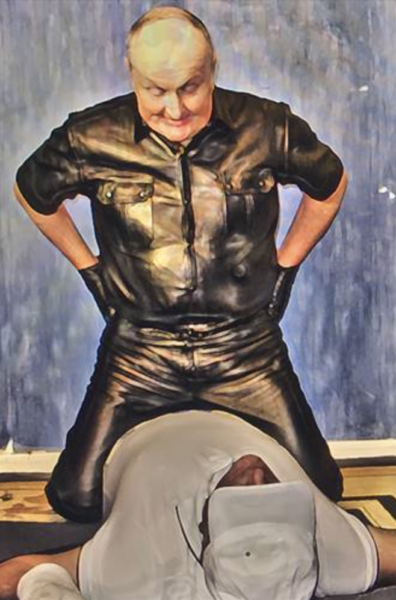
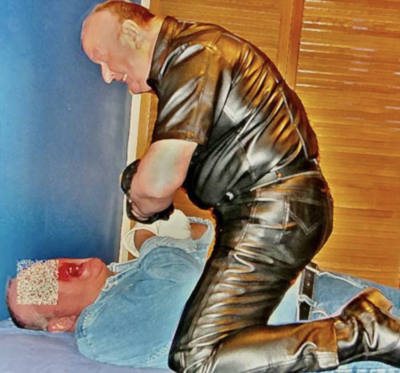
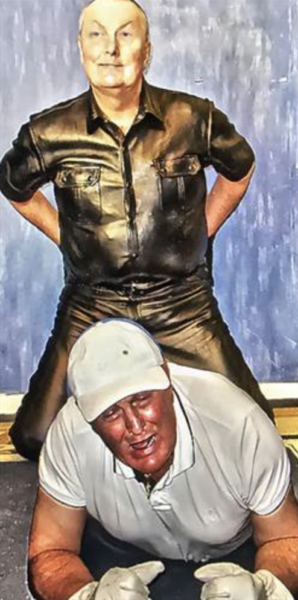
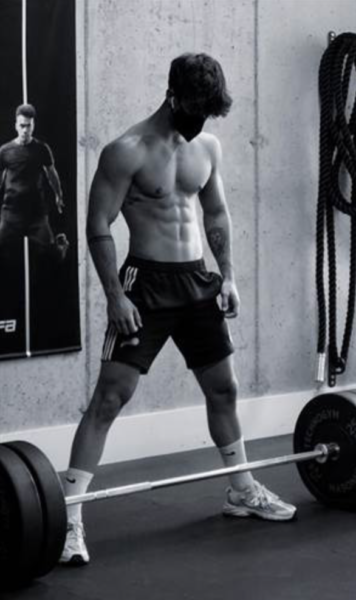
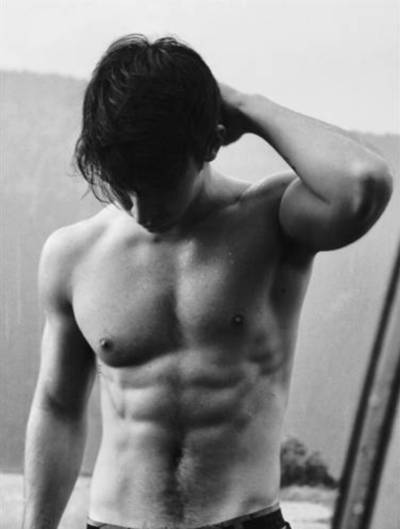
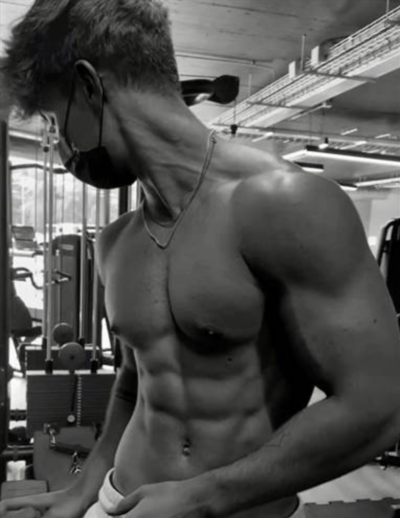
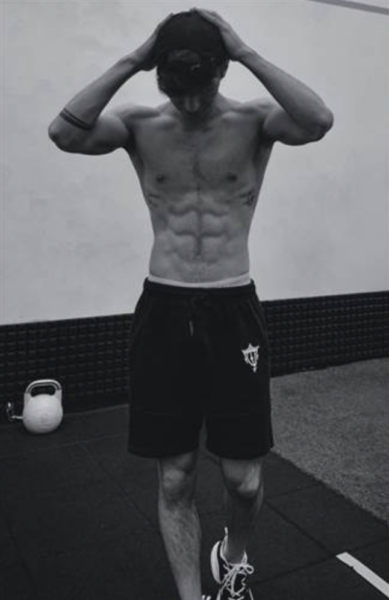
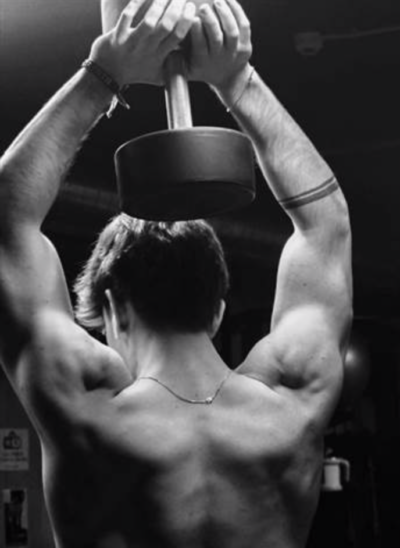


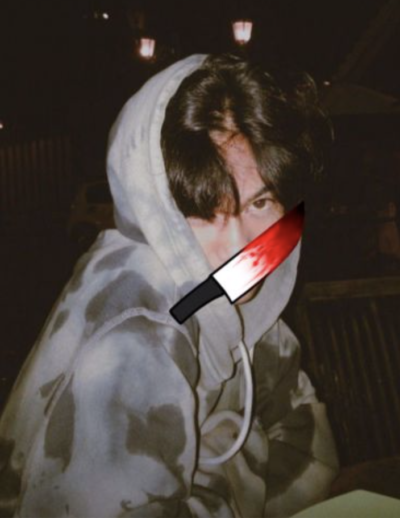
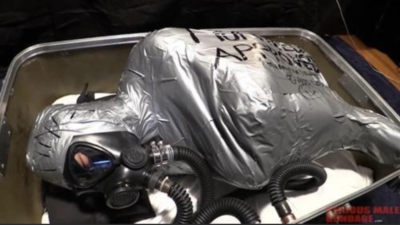
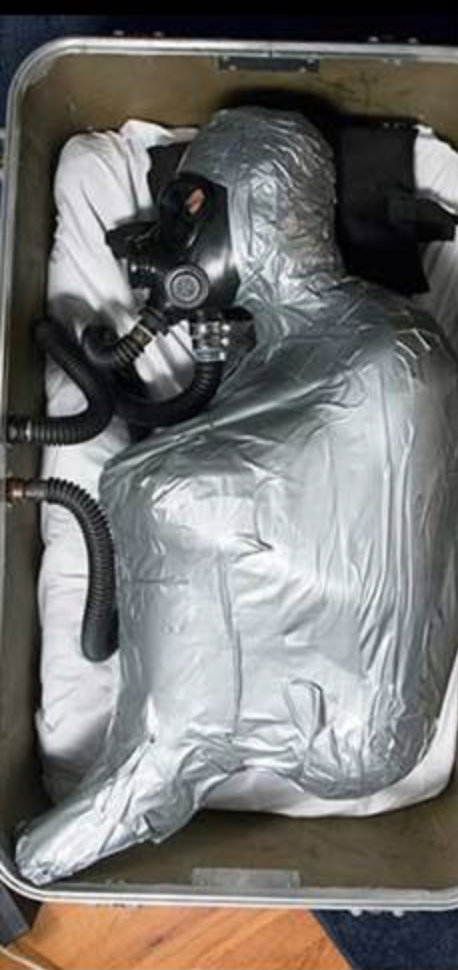

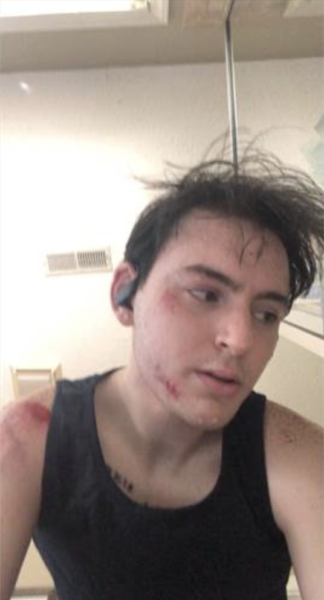
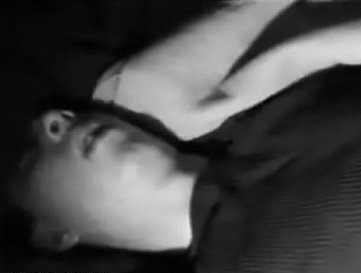
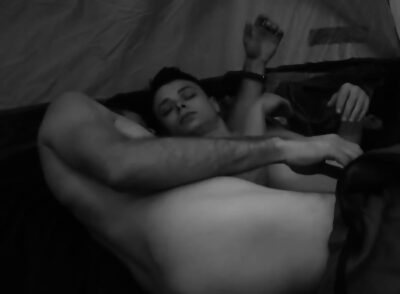
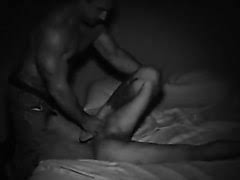
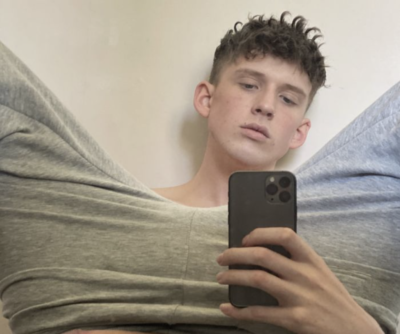

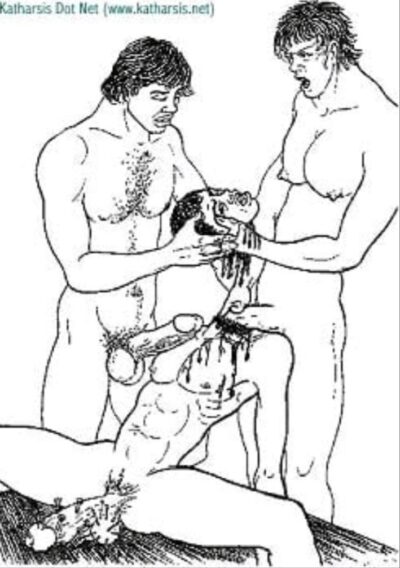
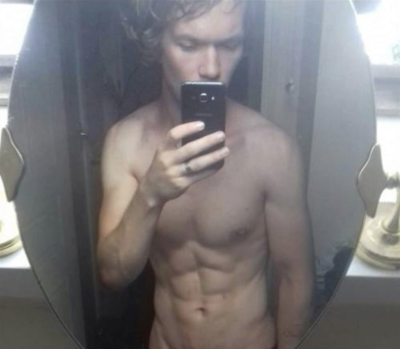
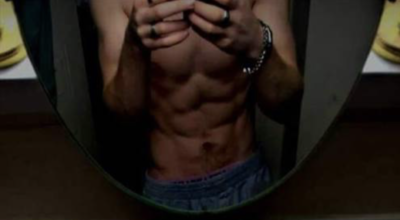
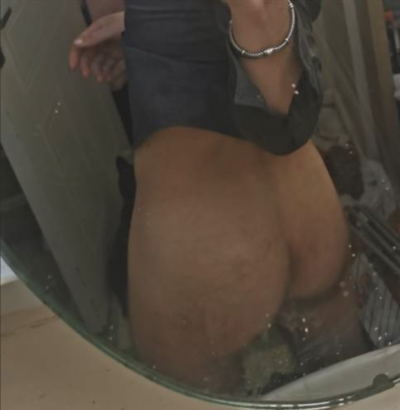
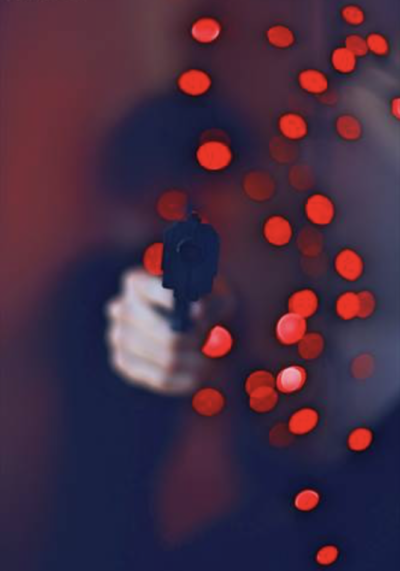
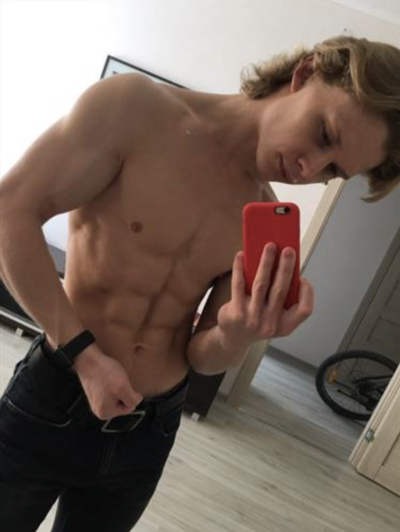
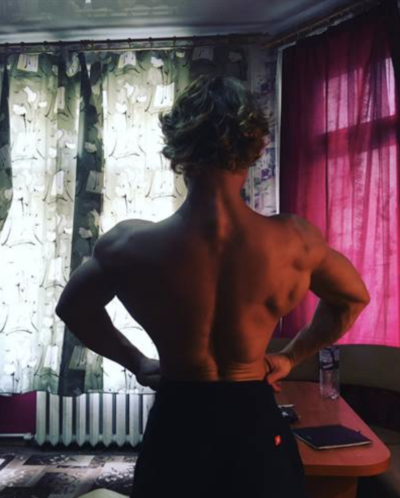
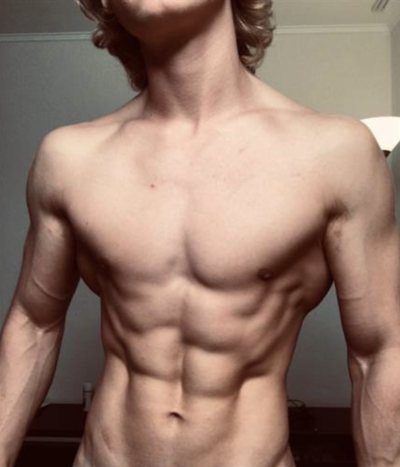


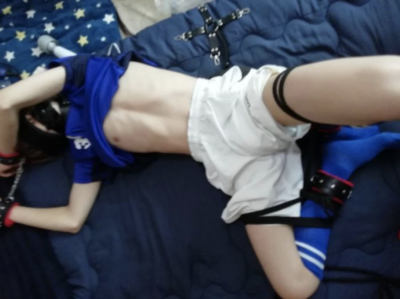

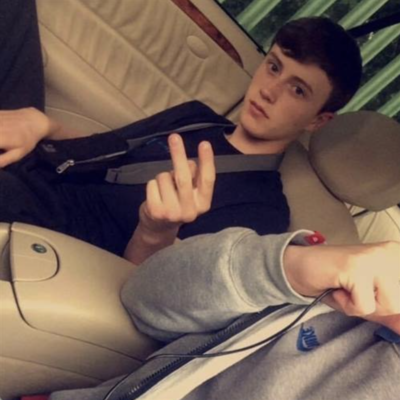


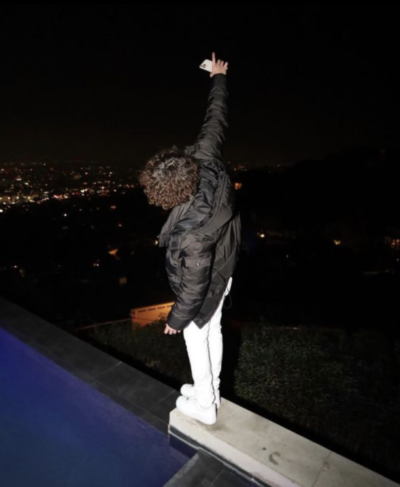
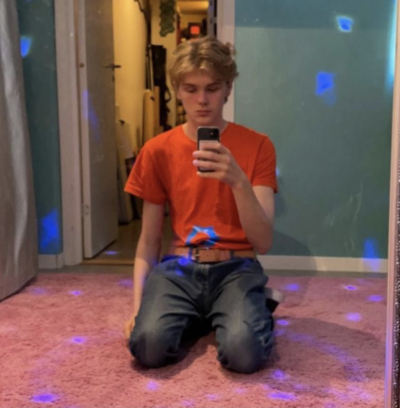
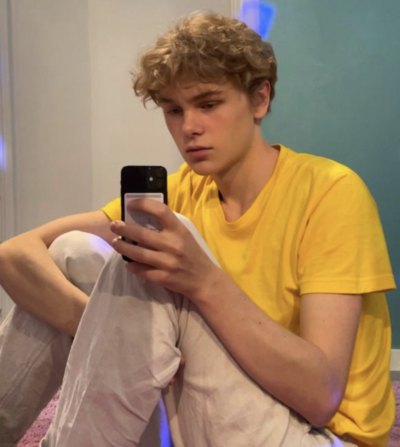
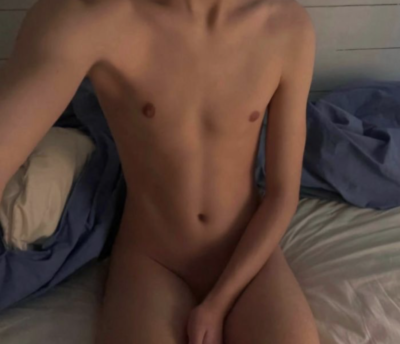




 Now available in North America
Now available in North America 